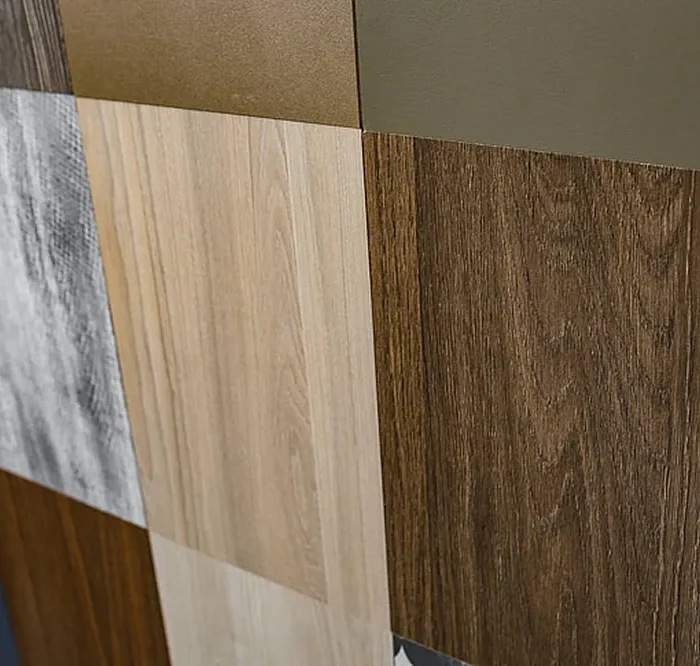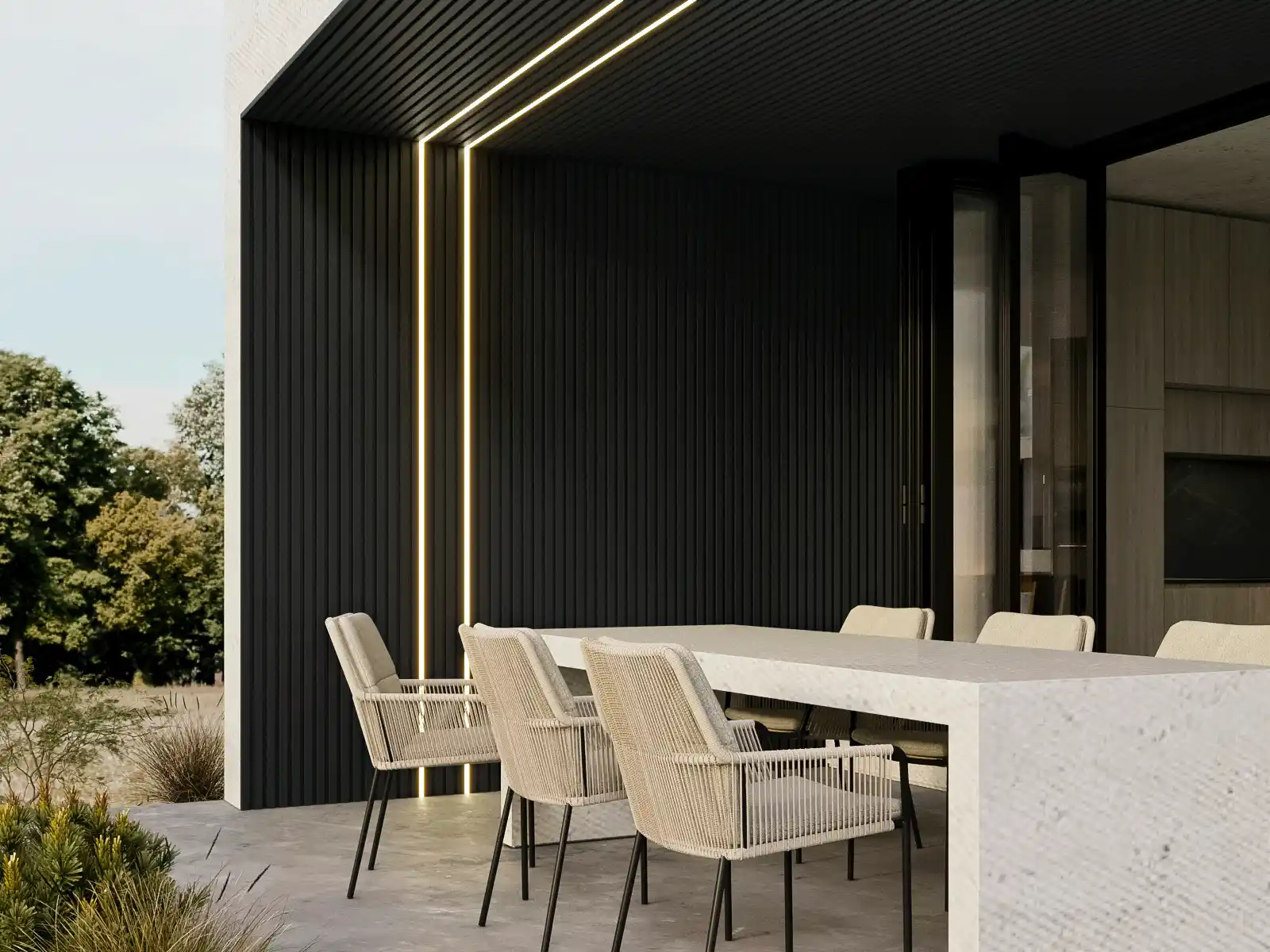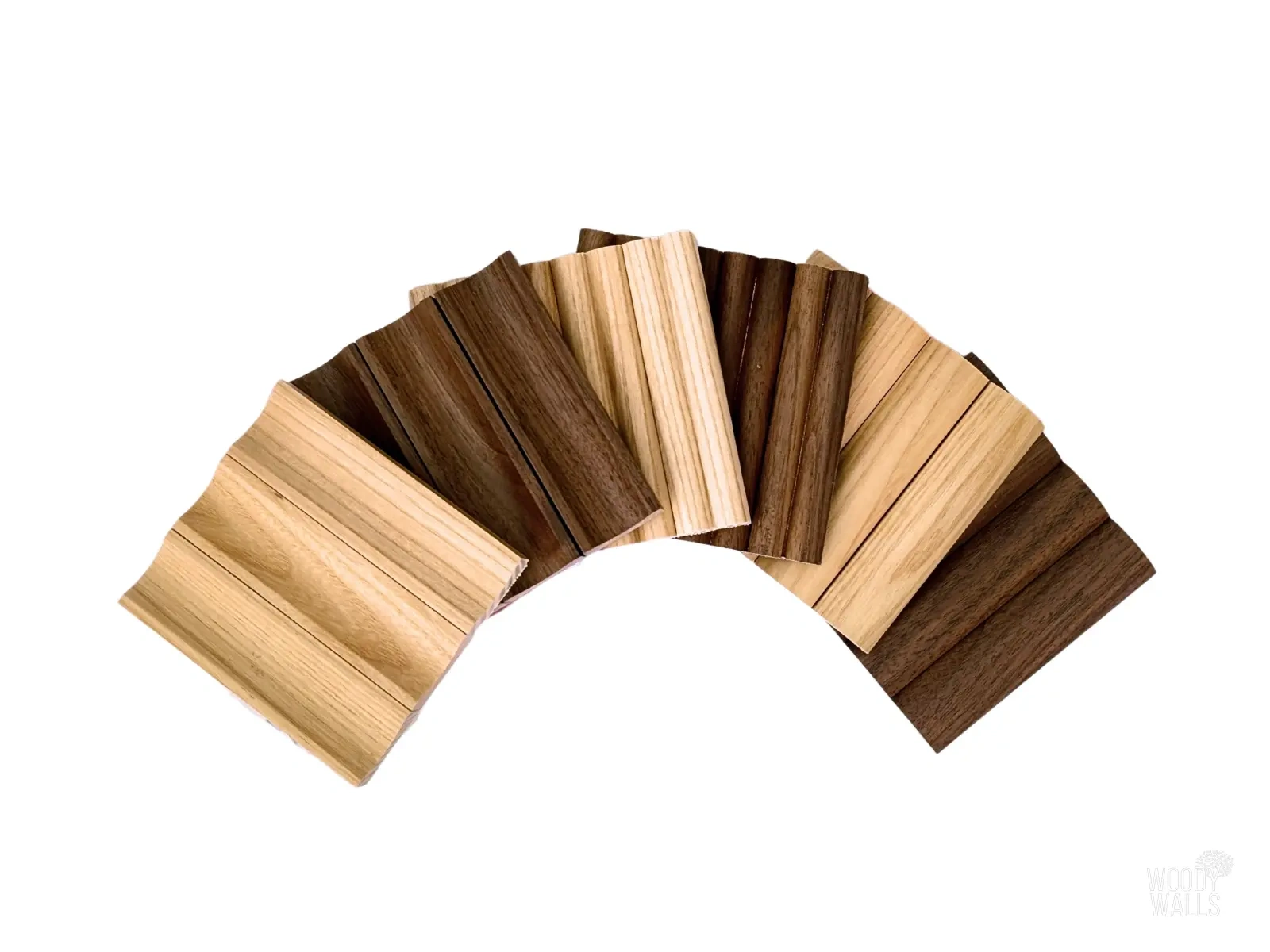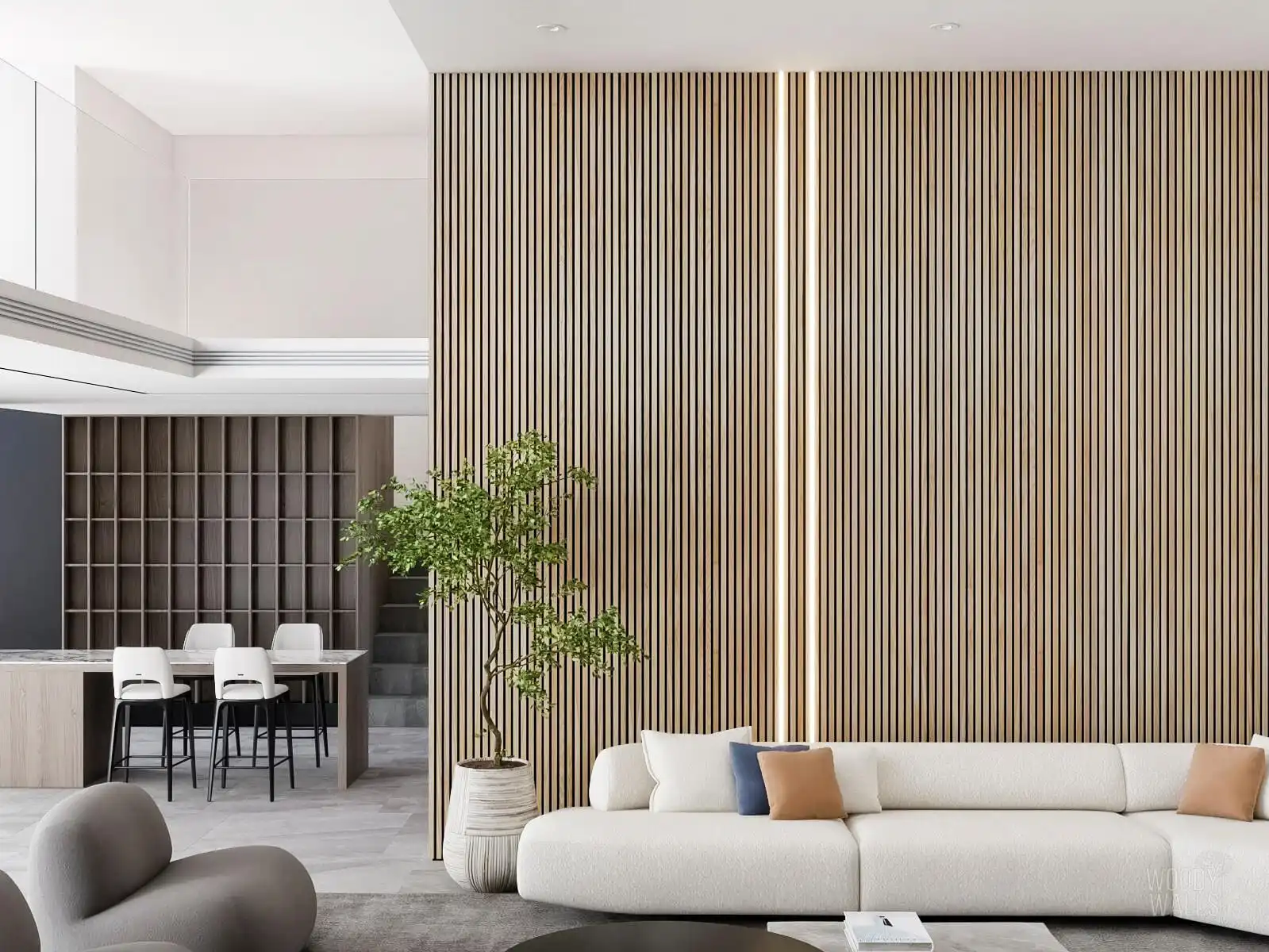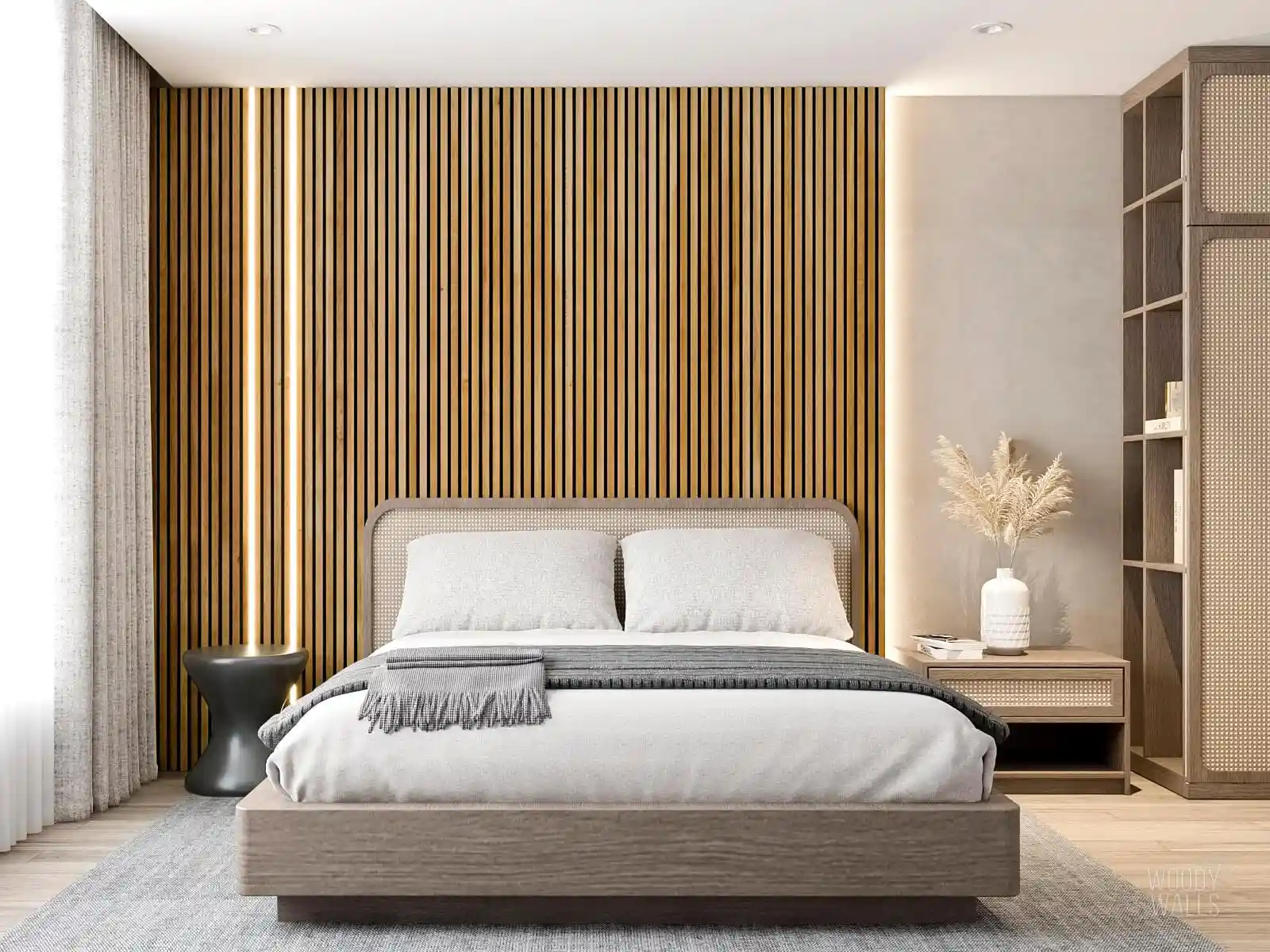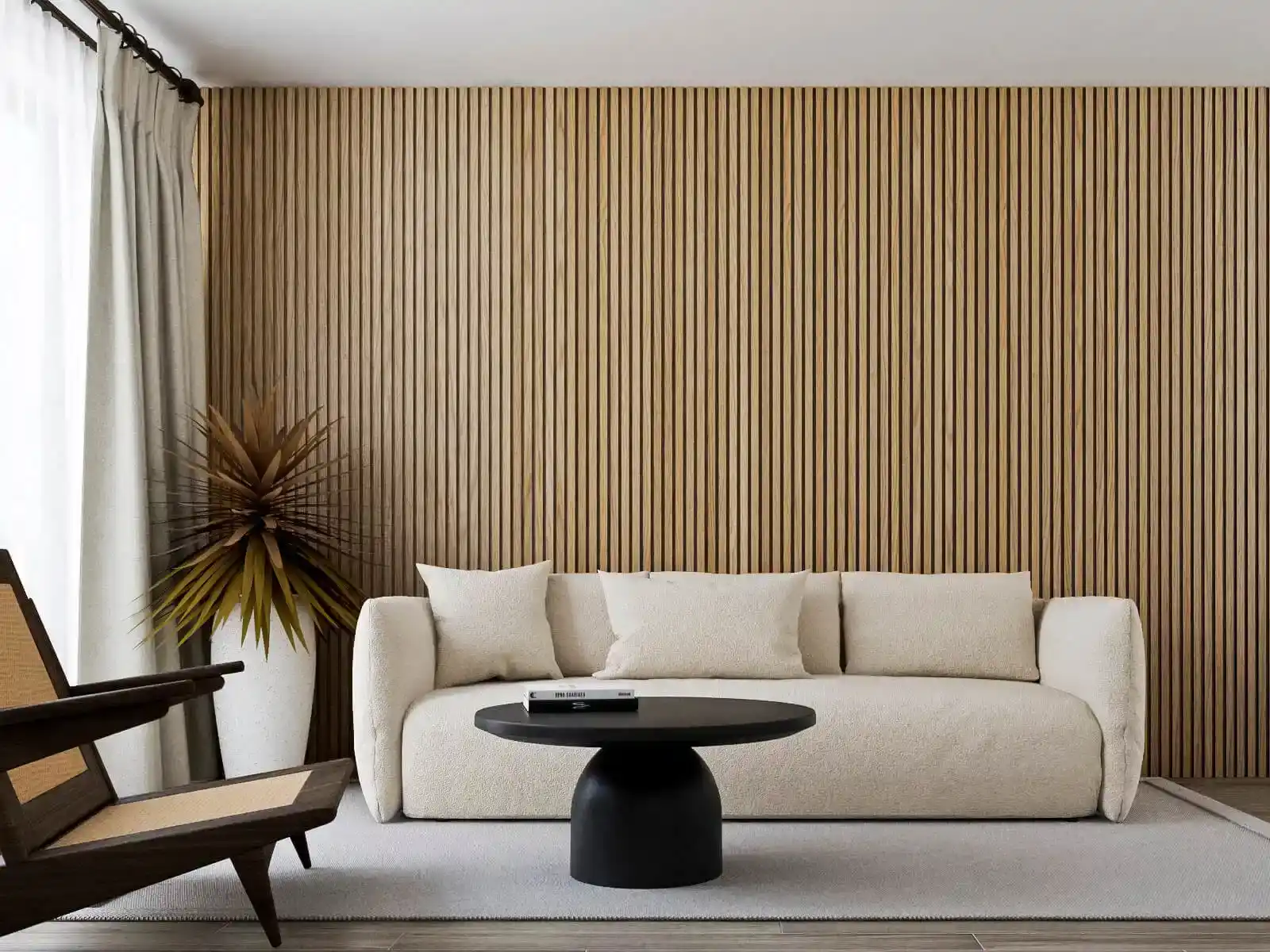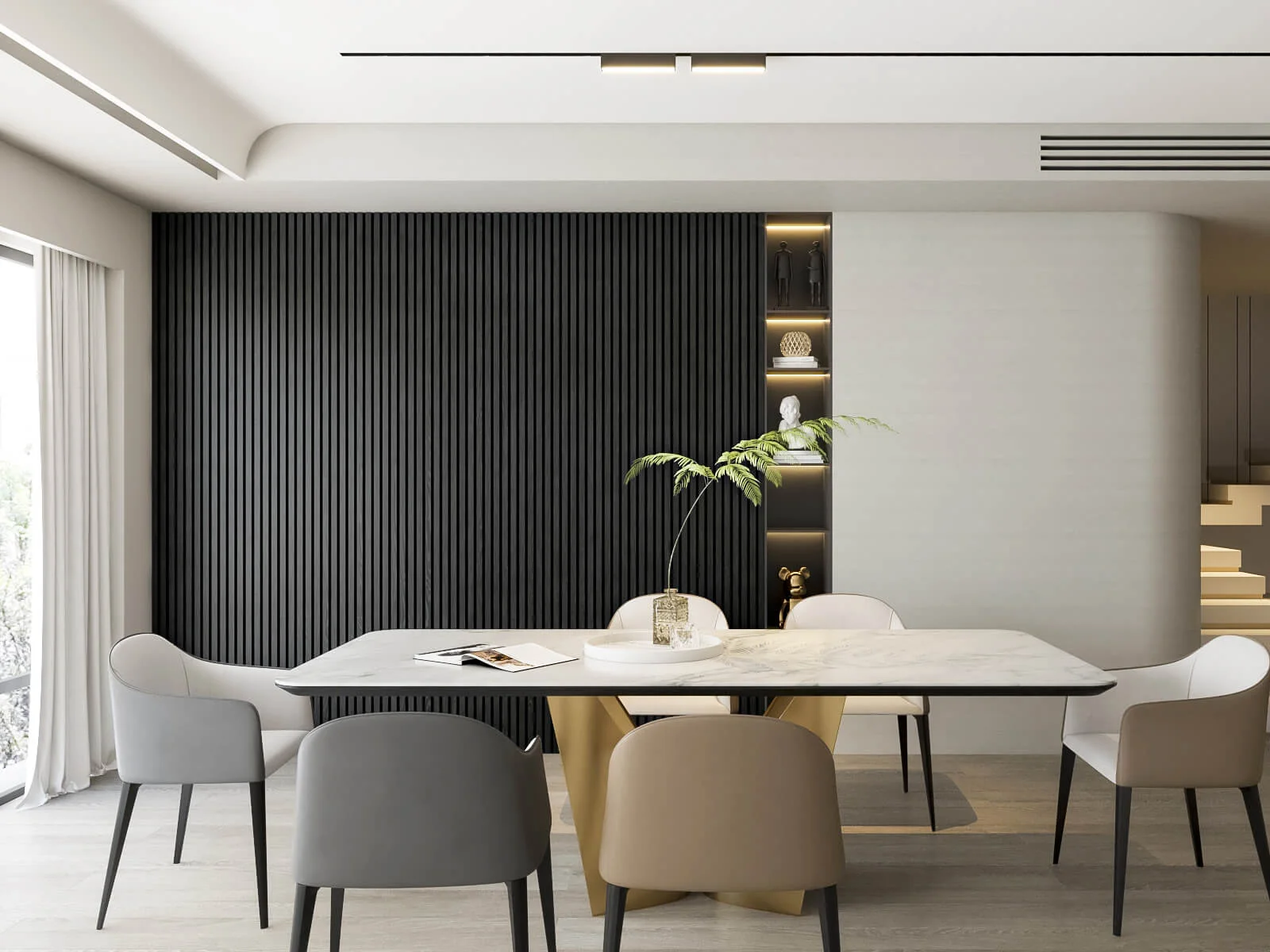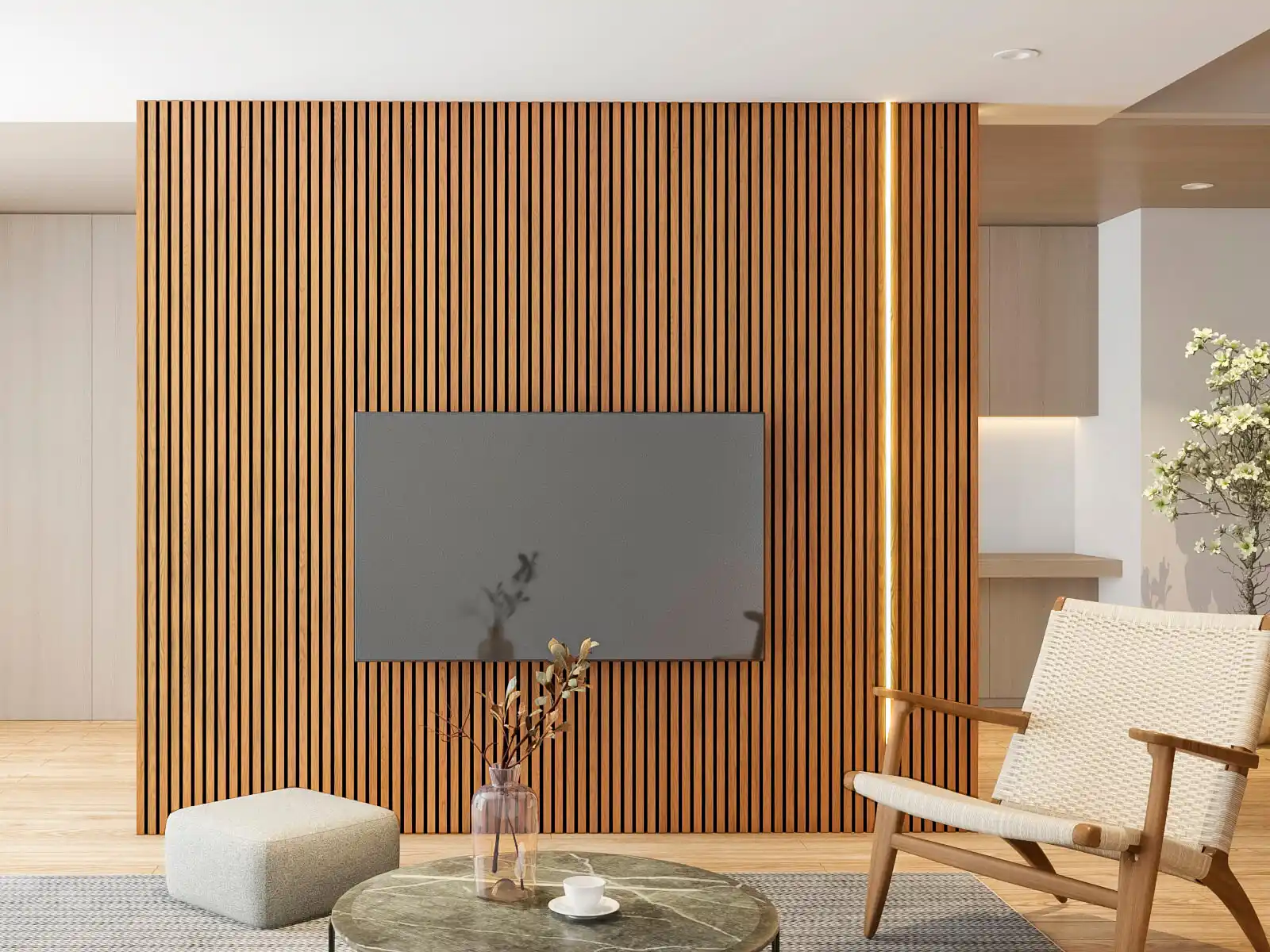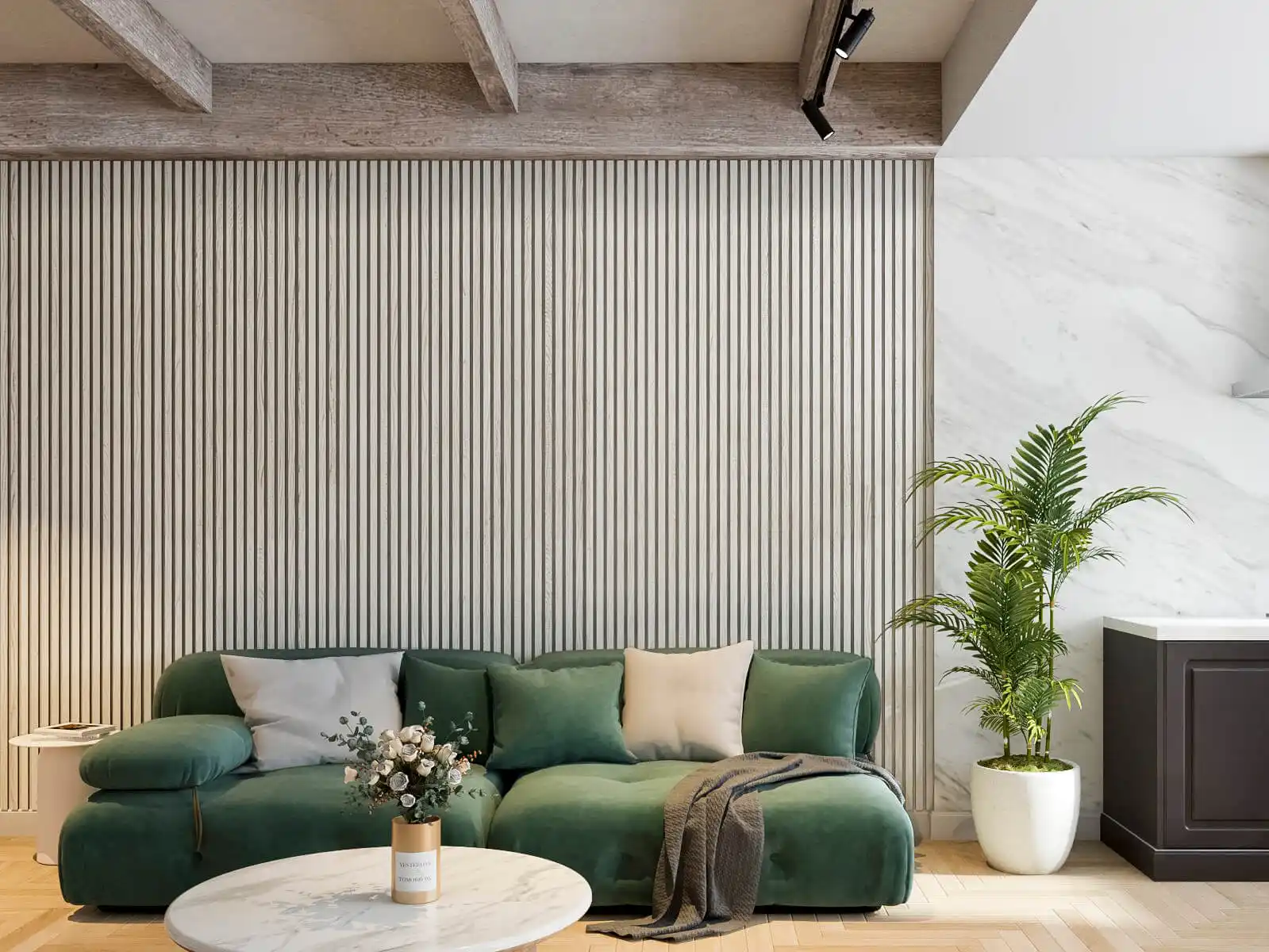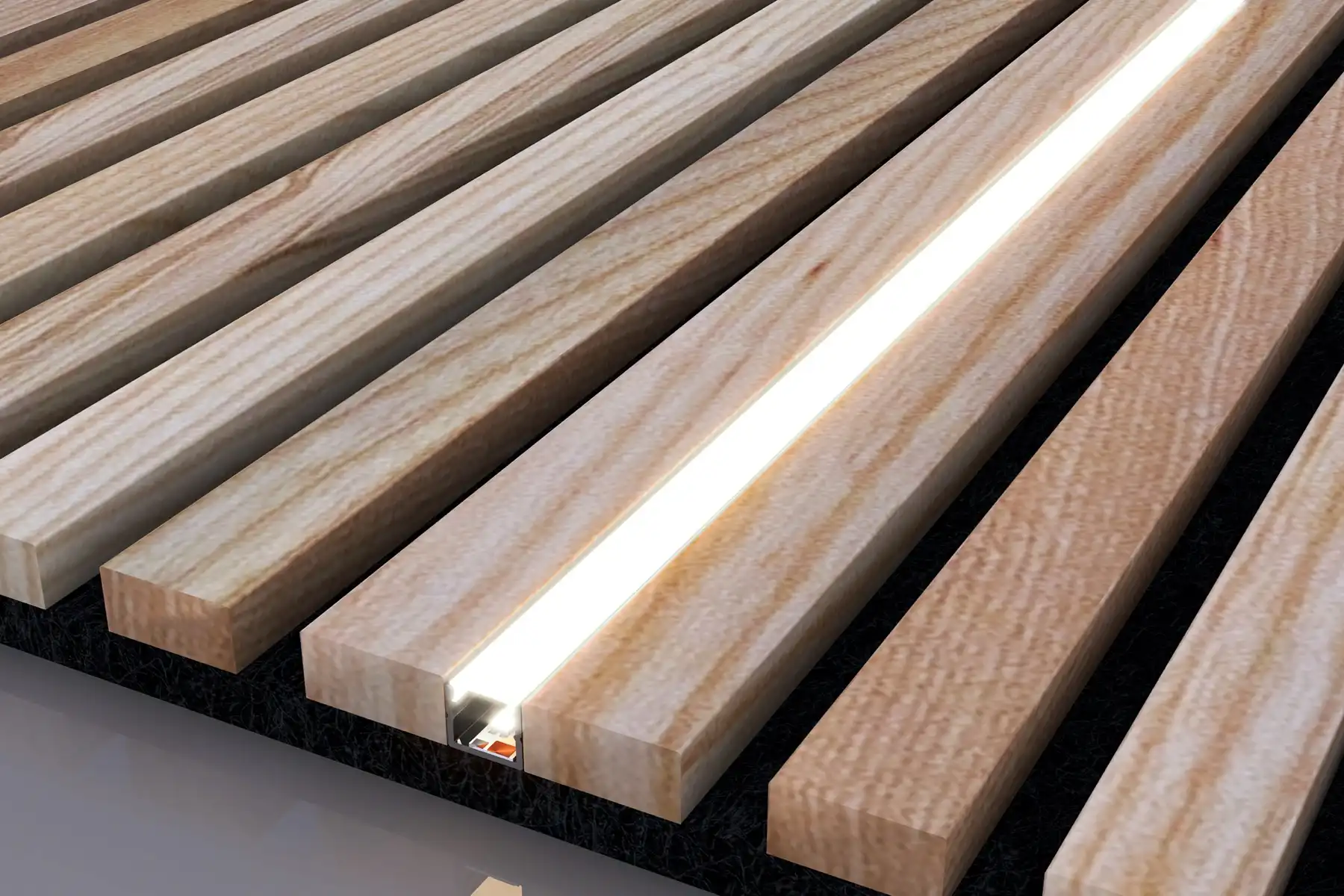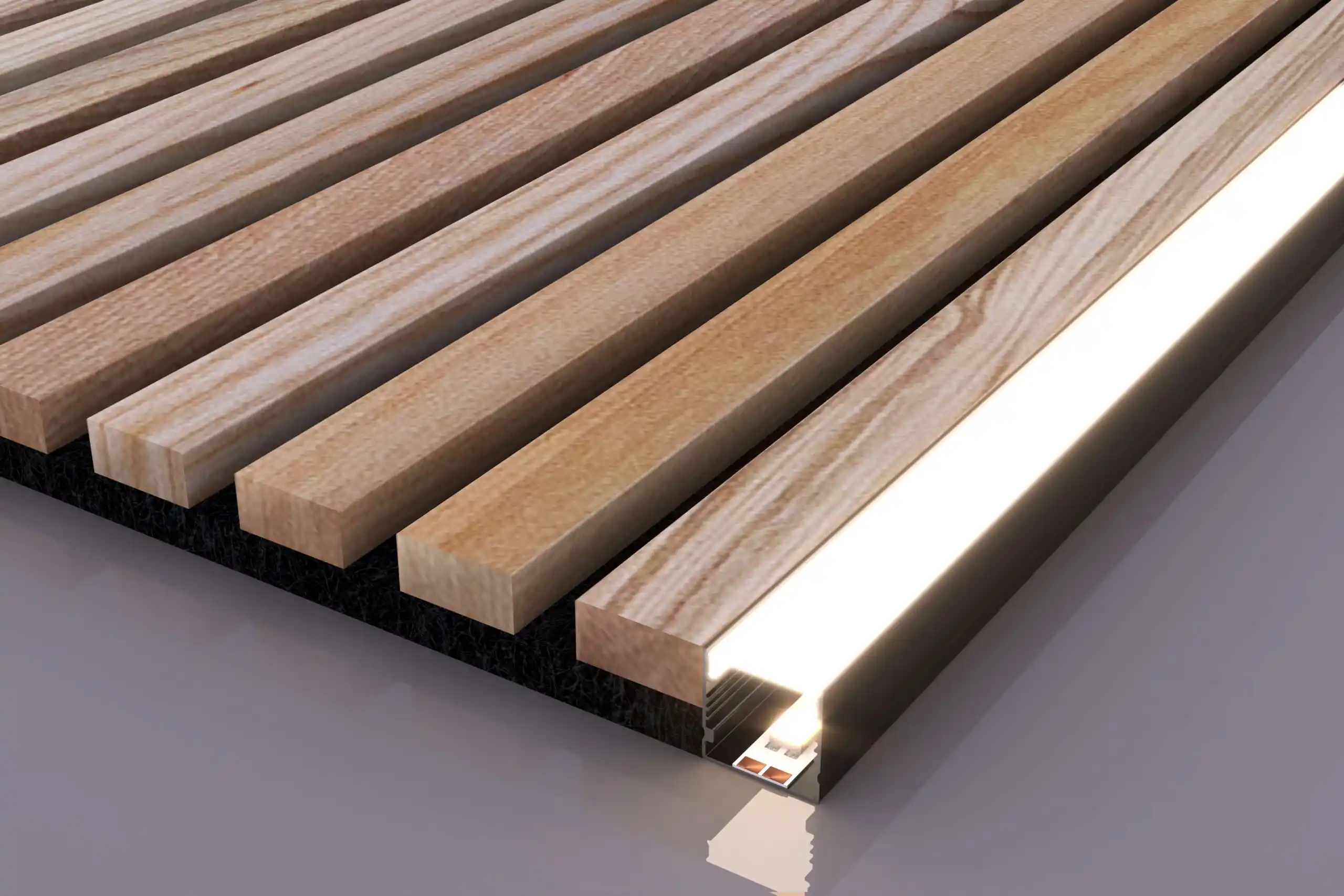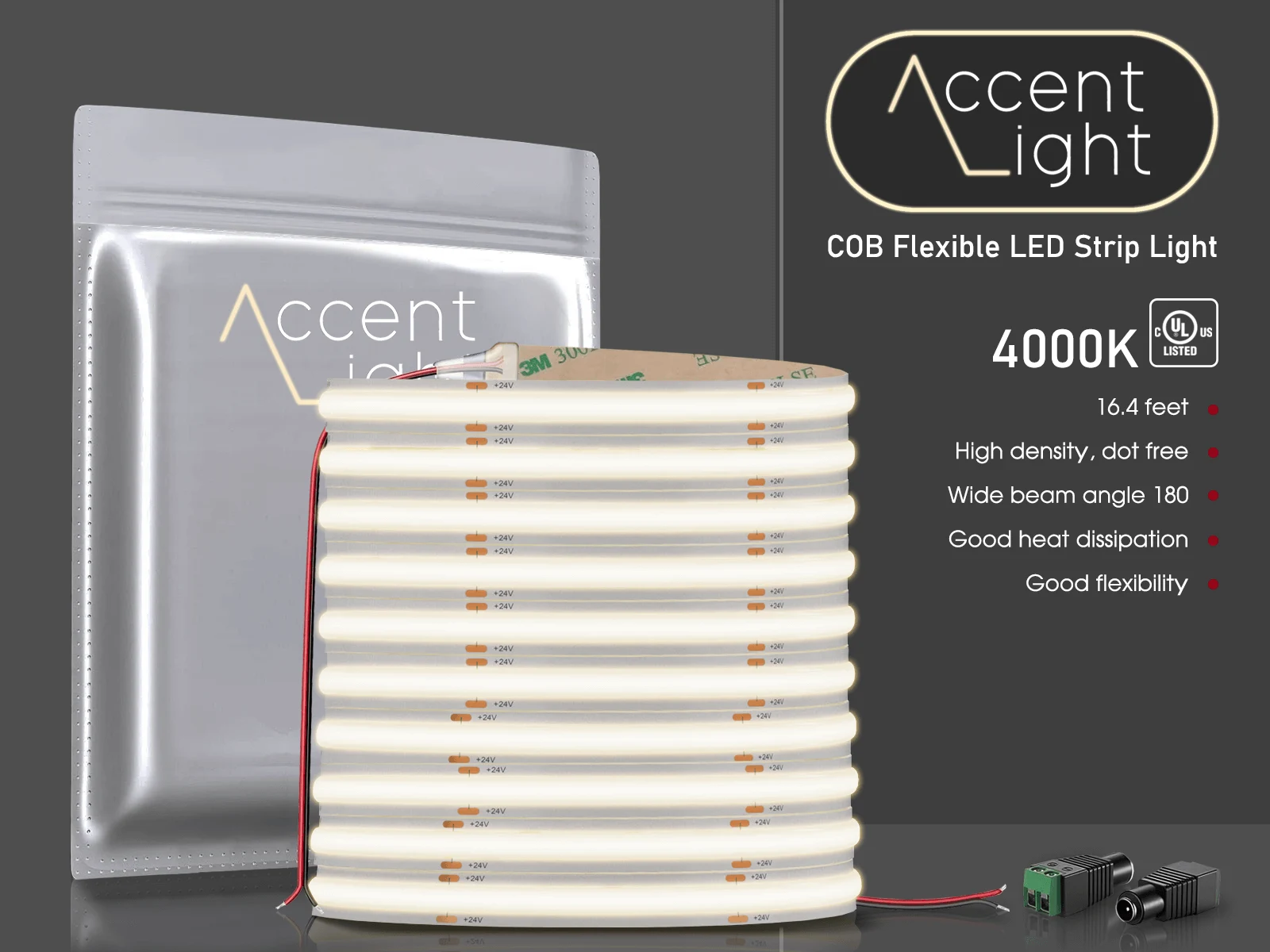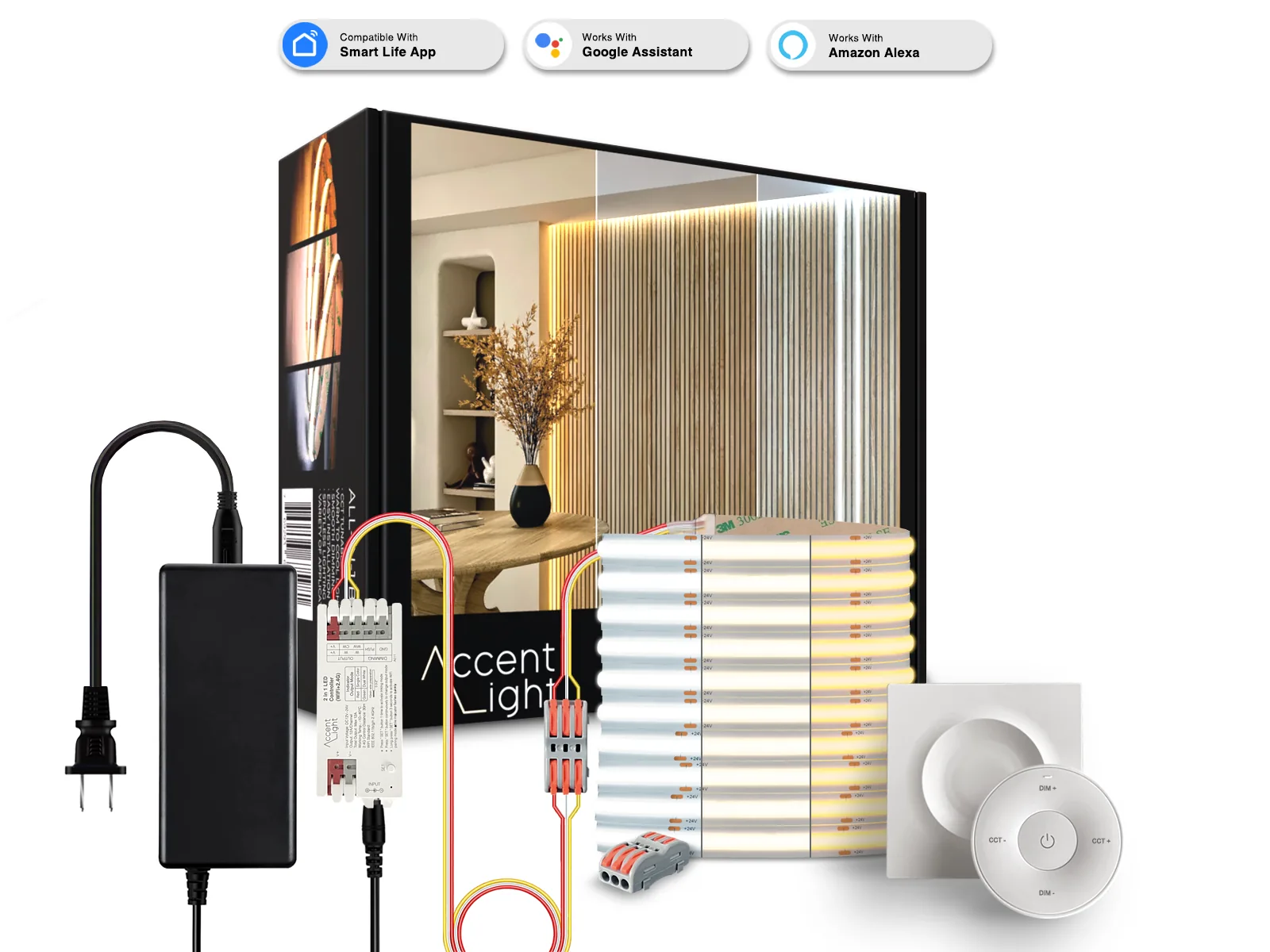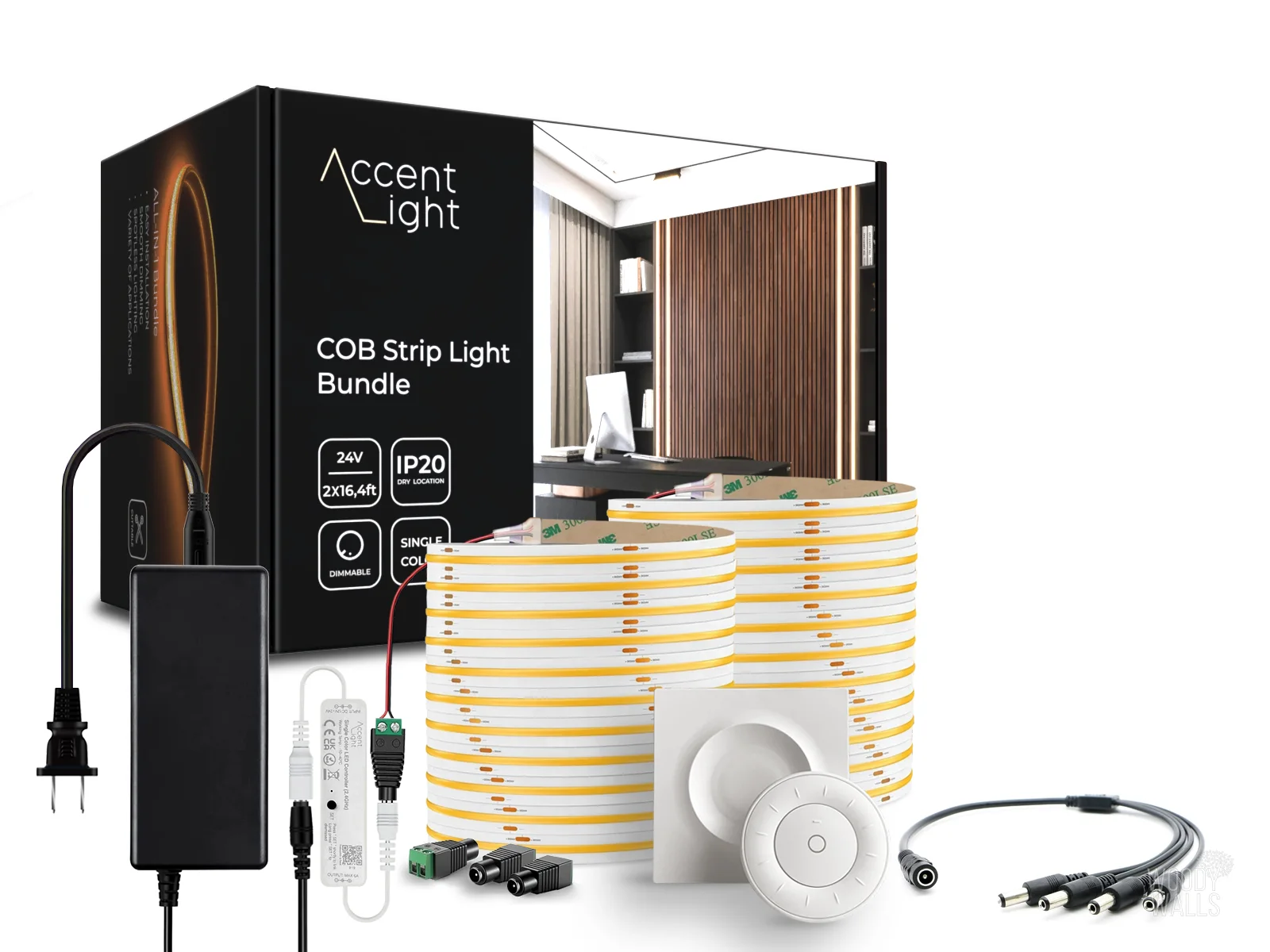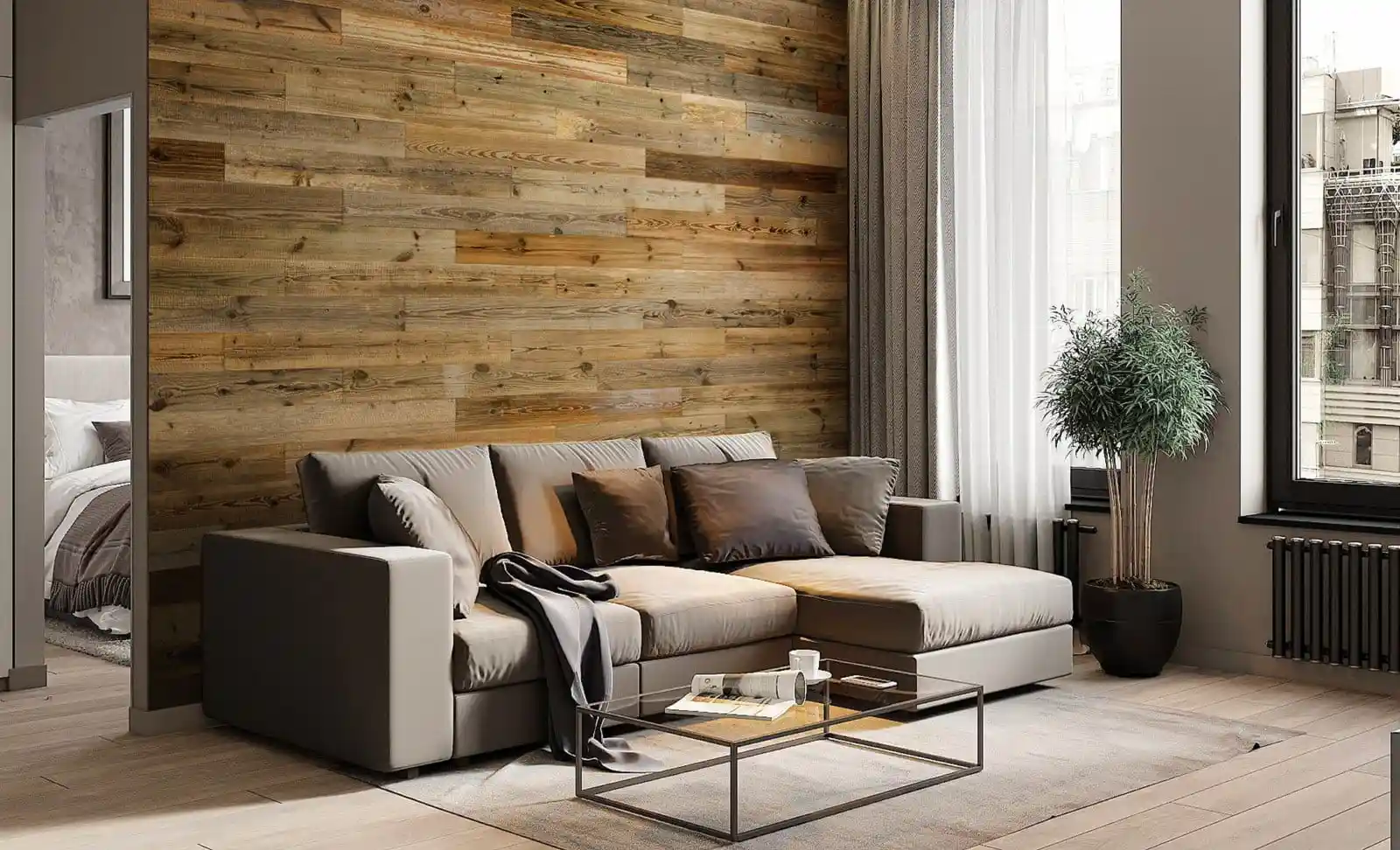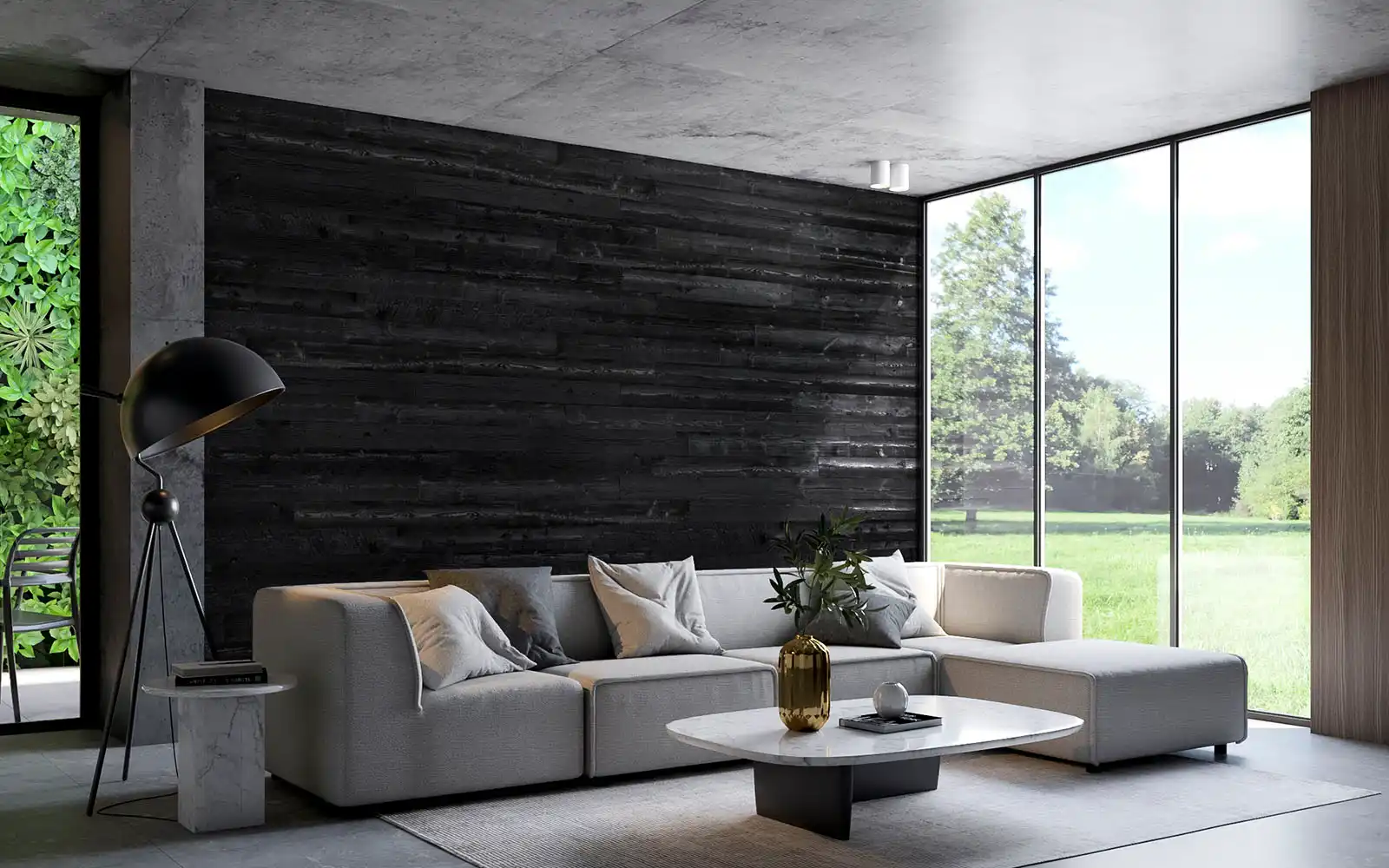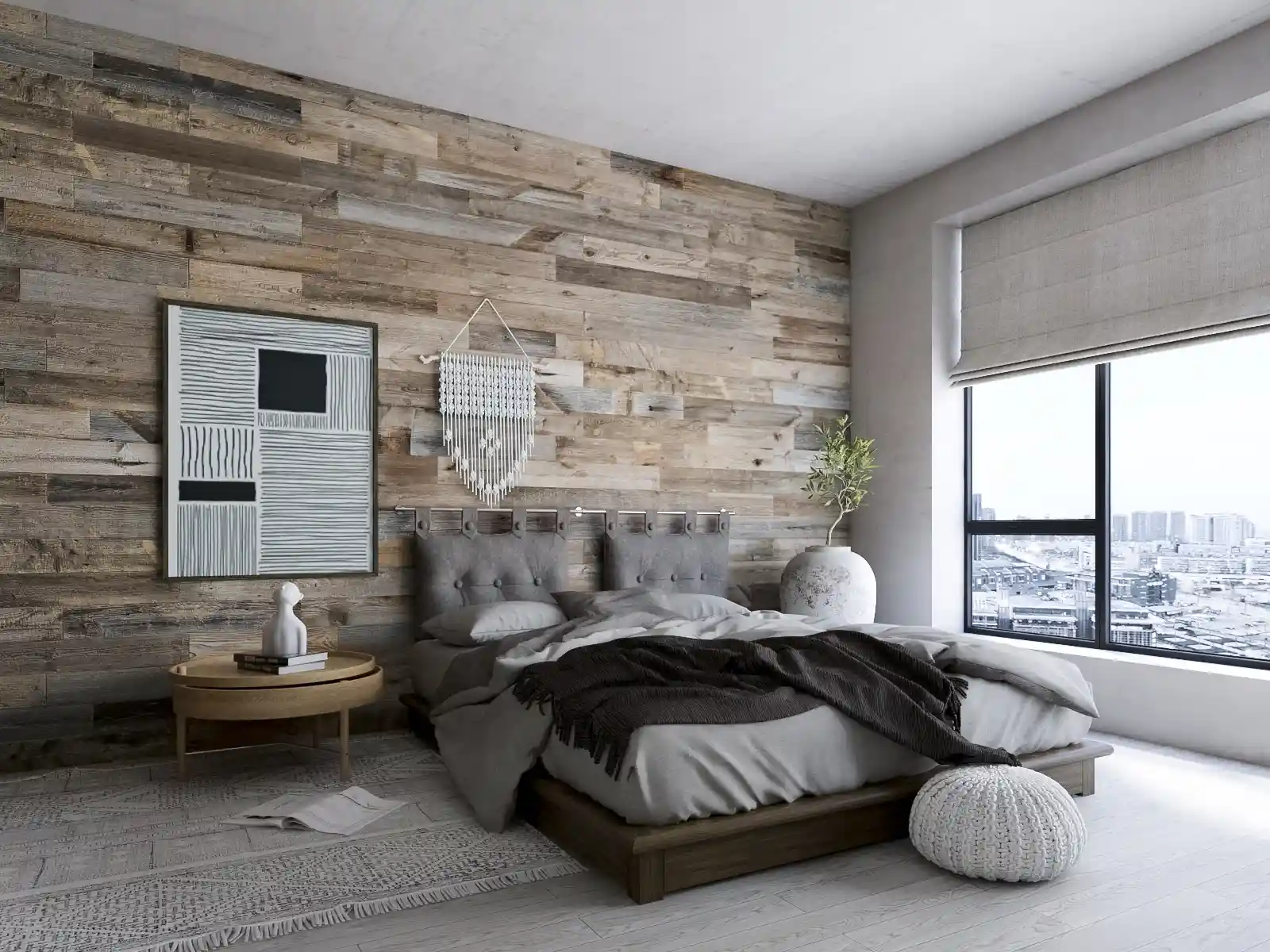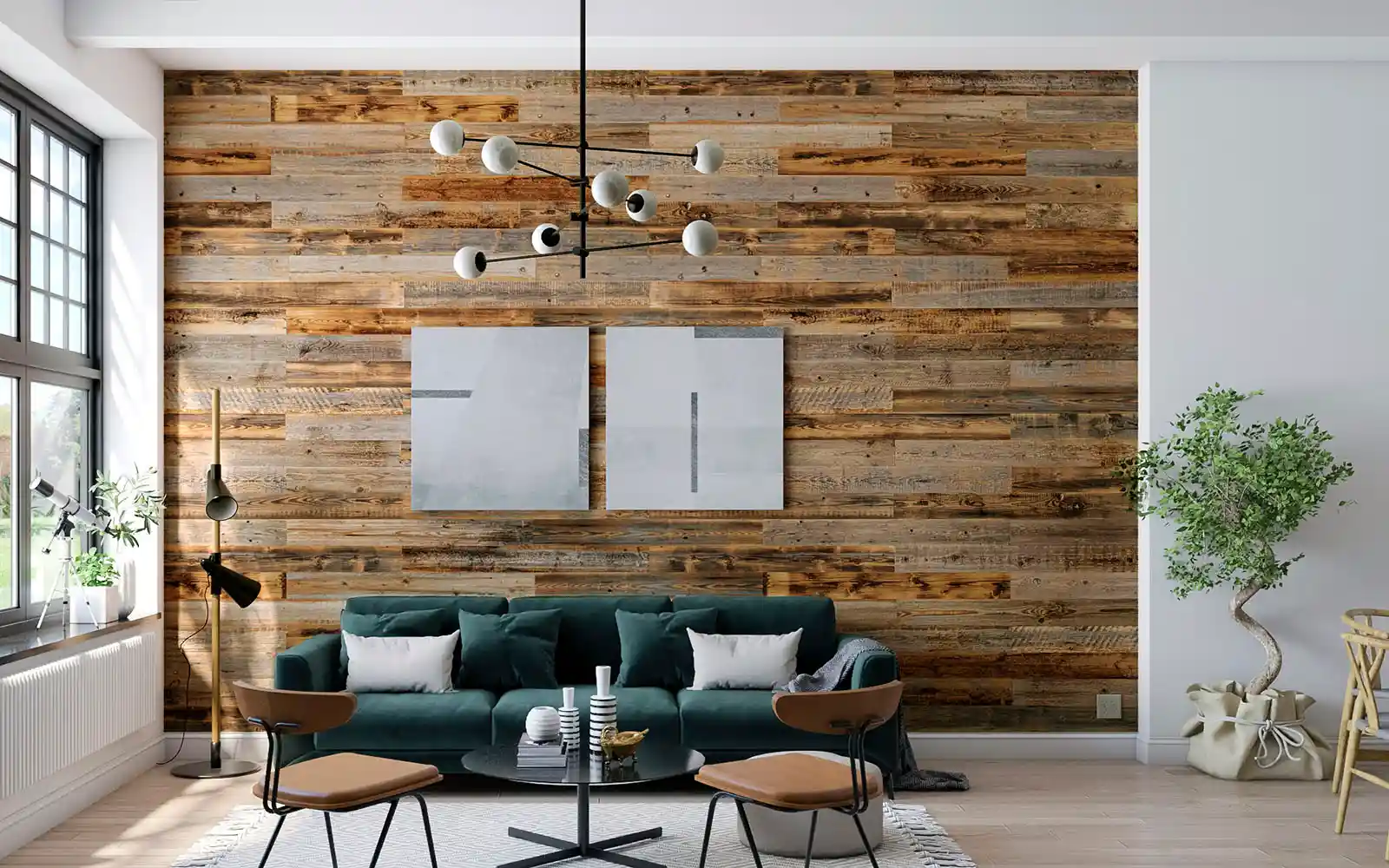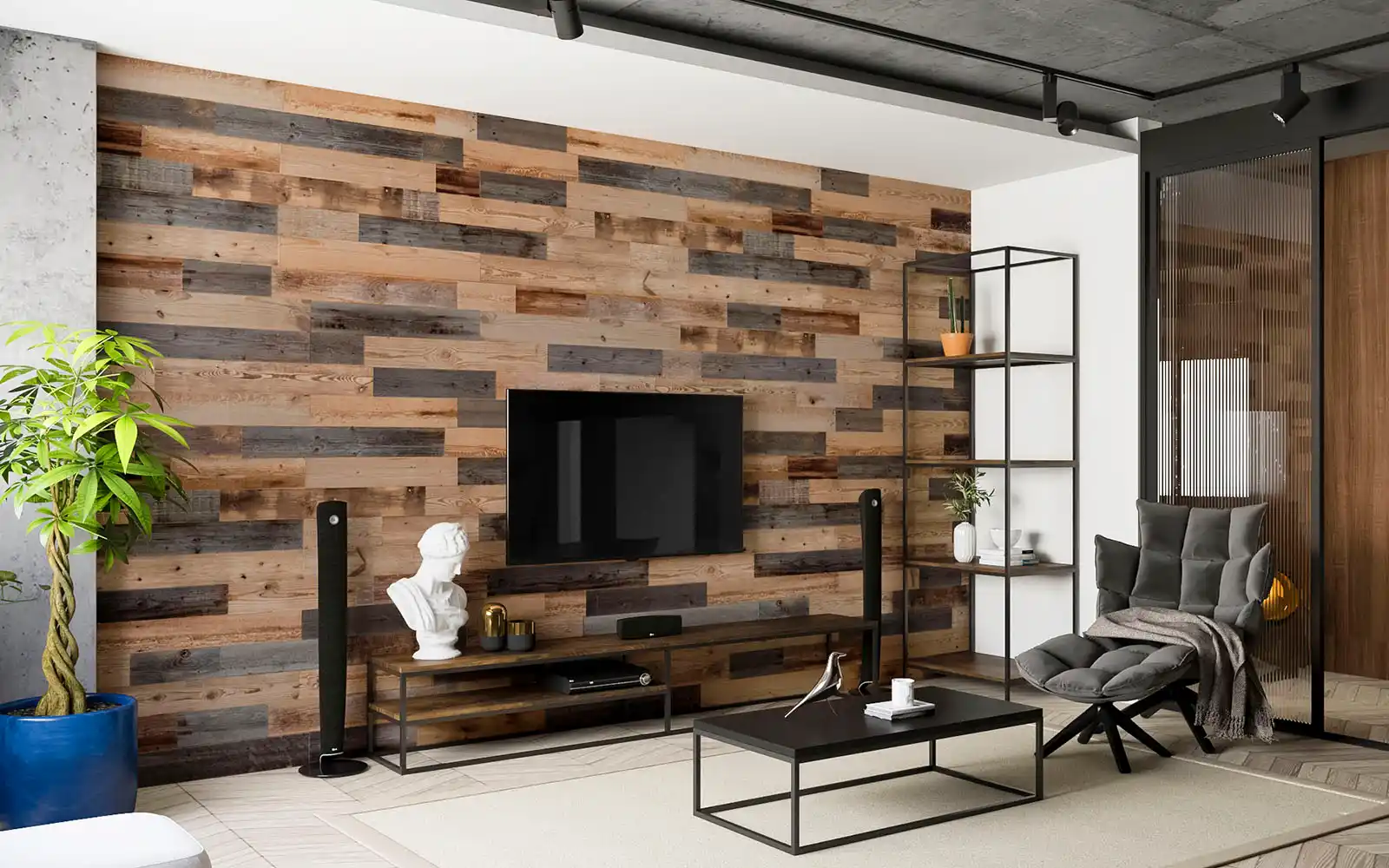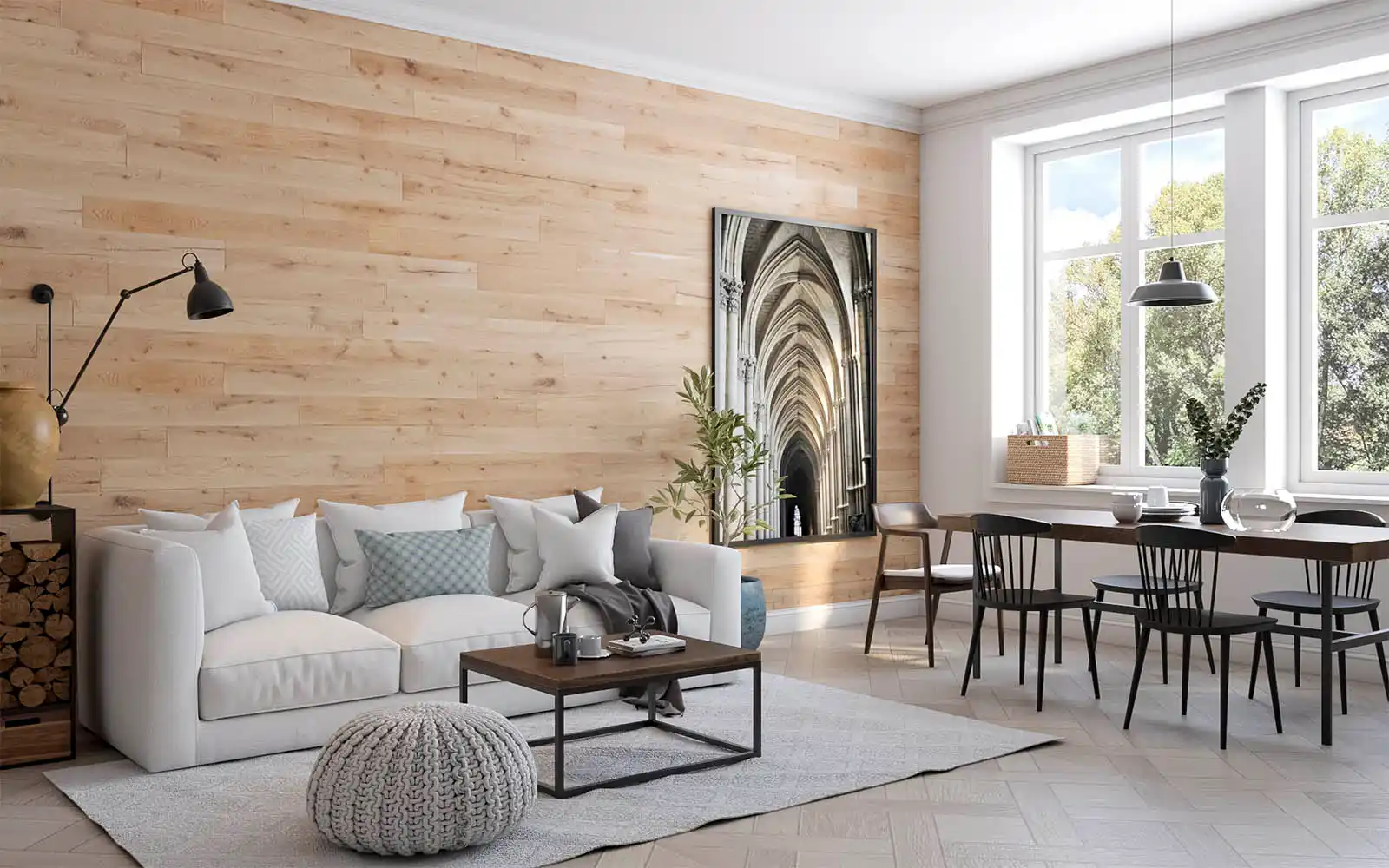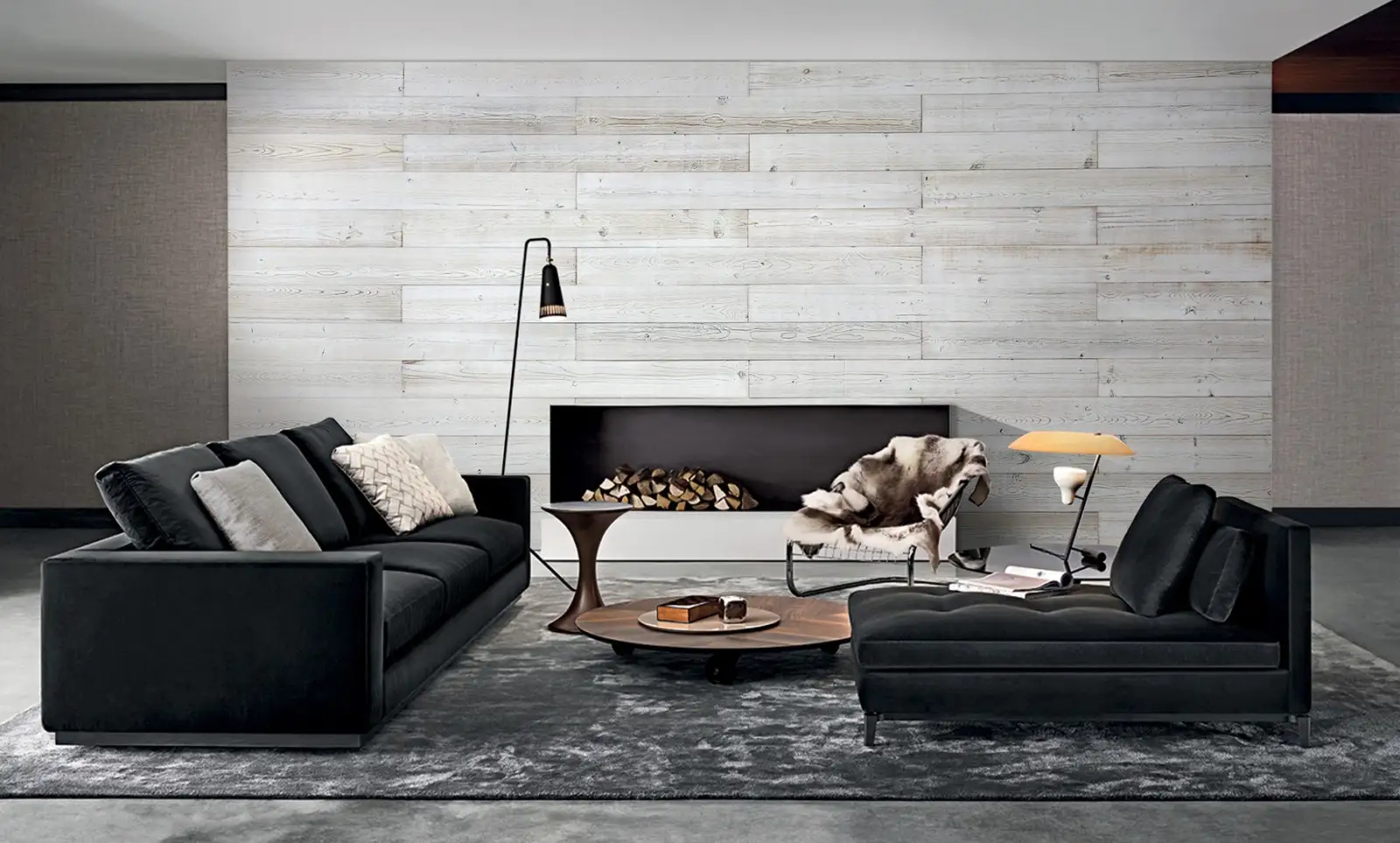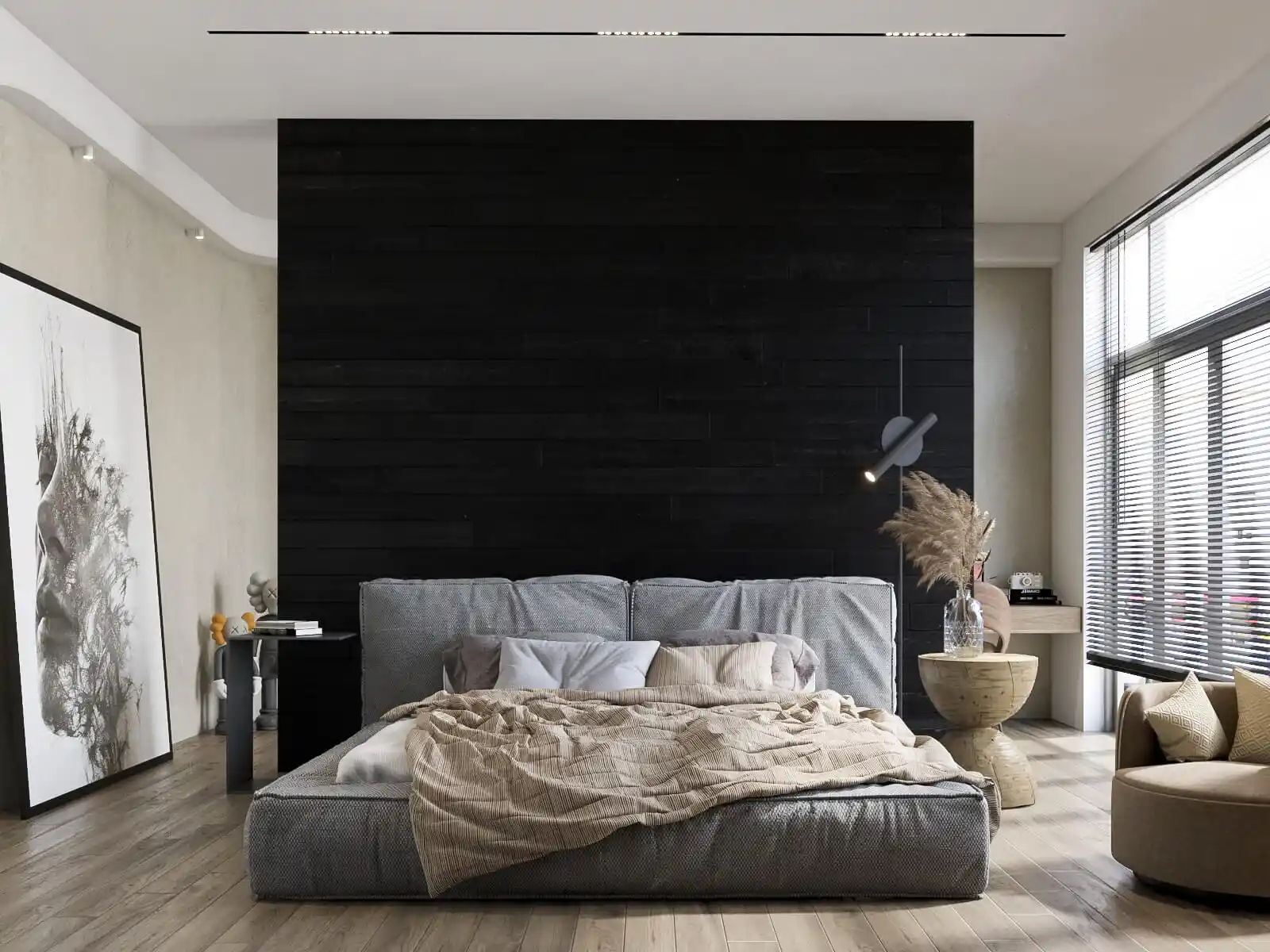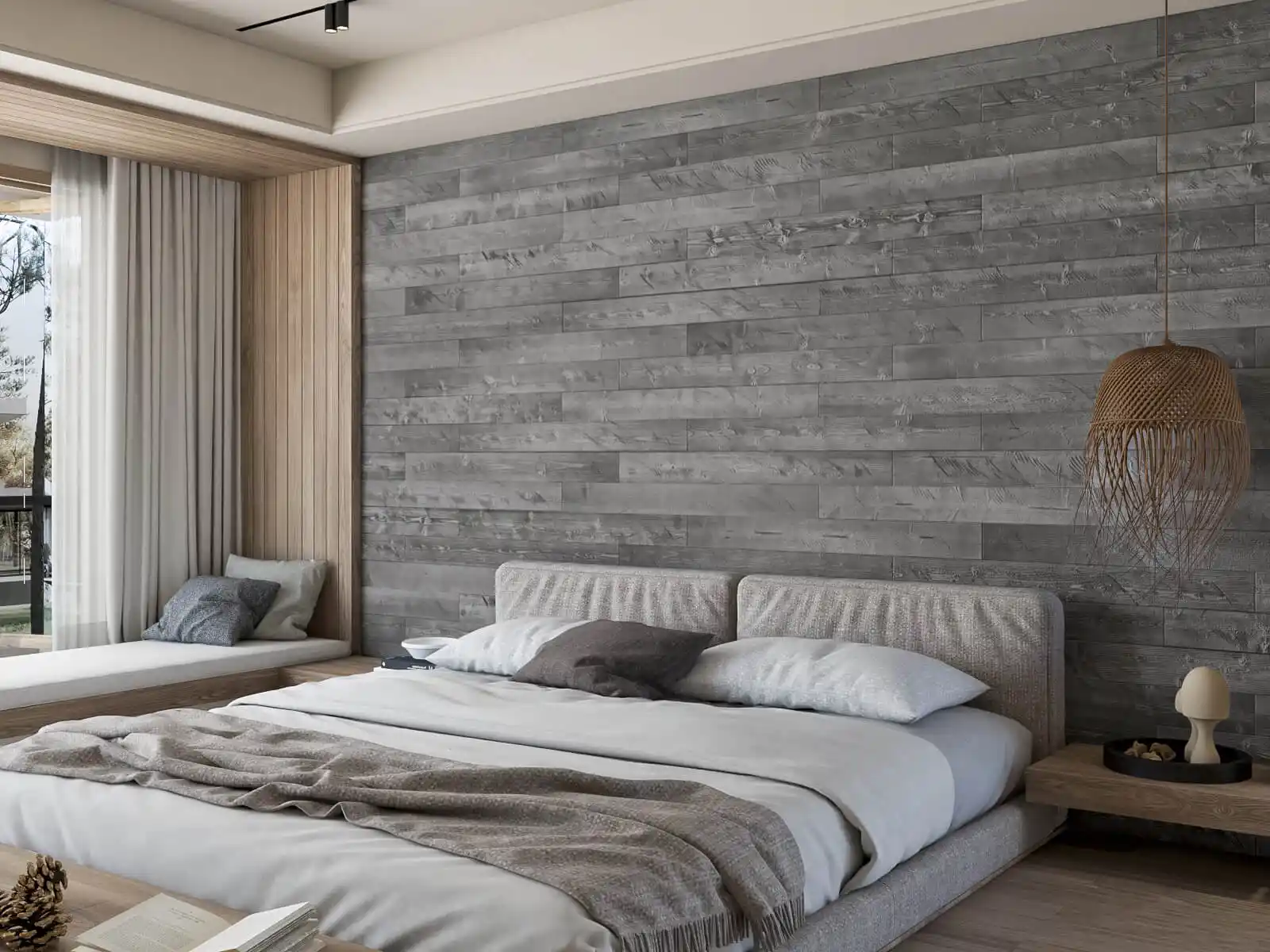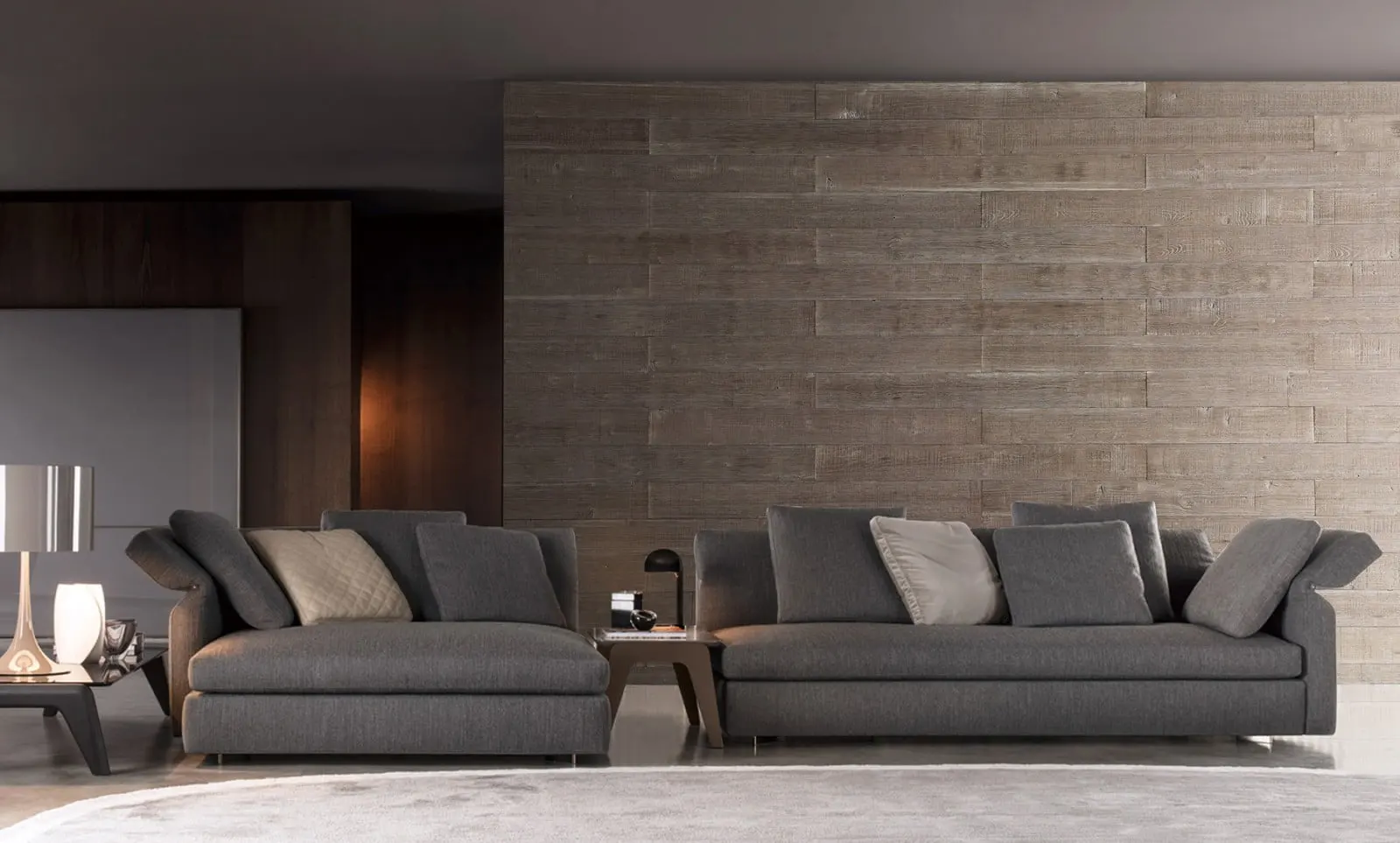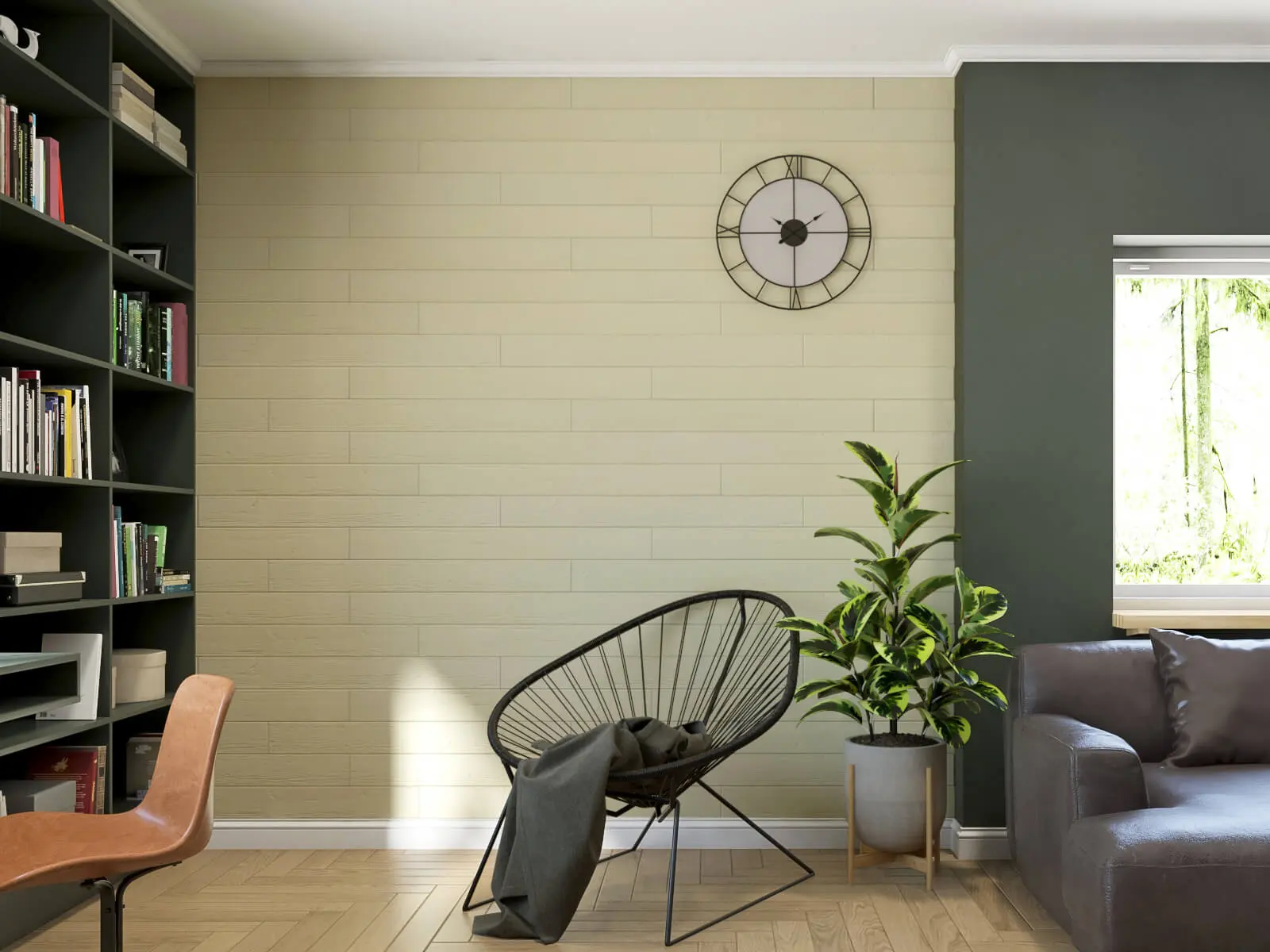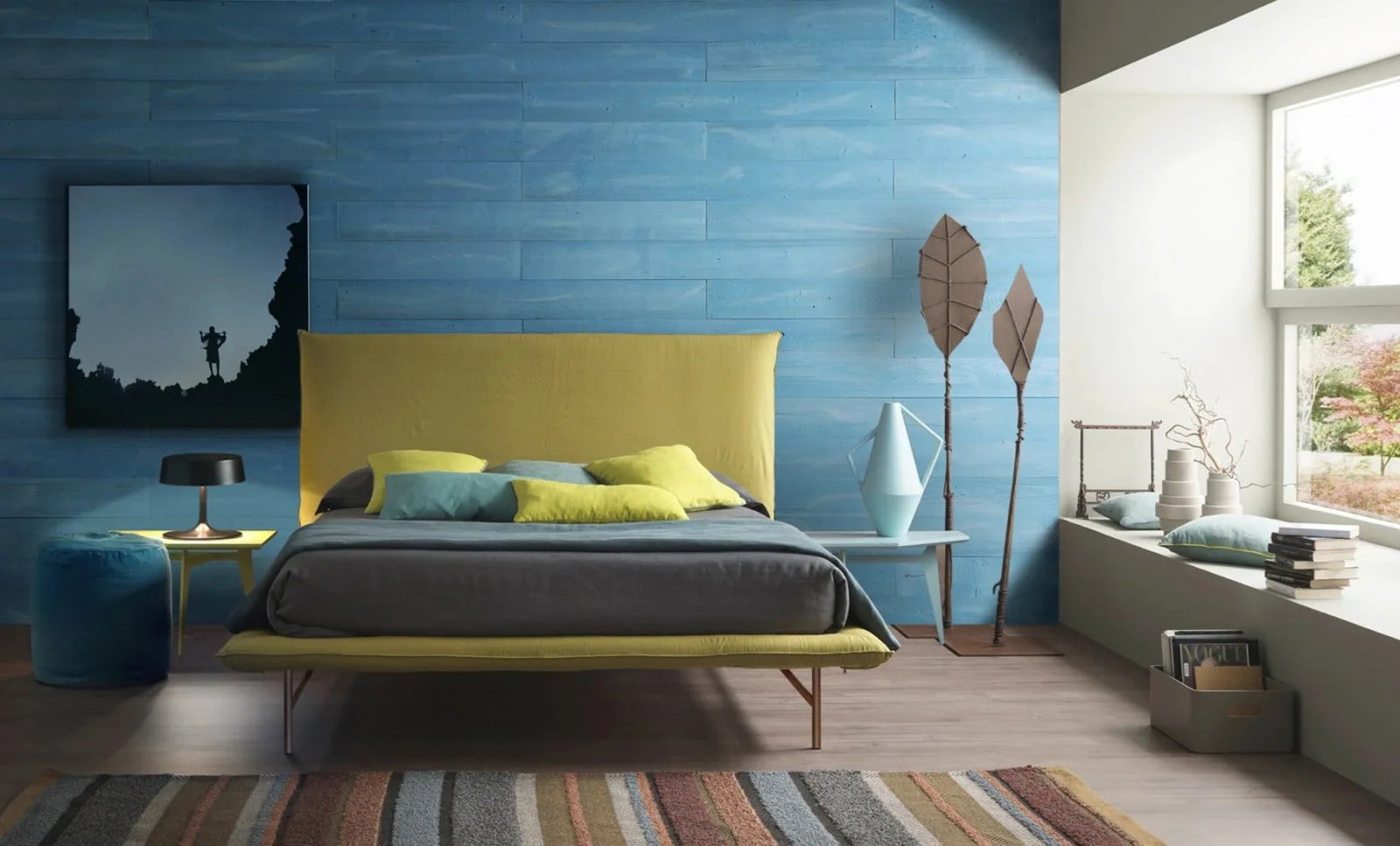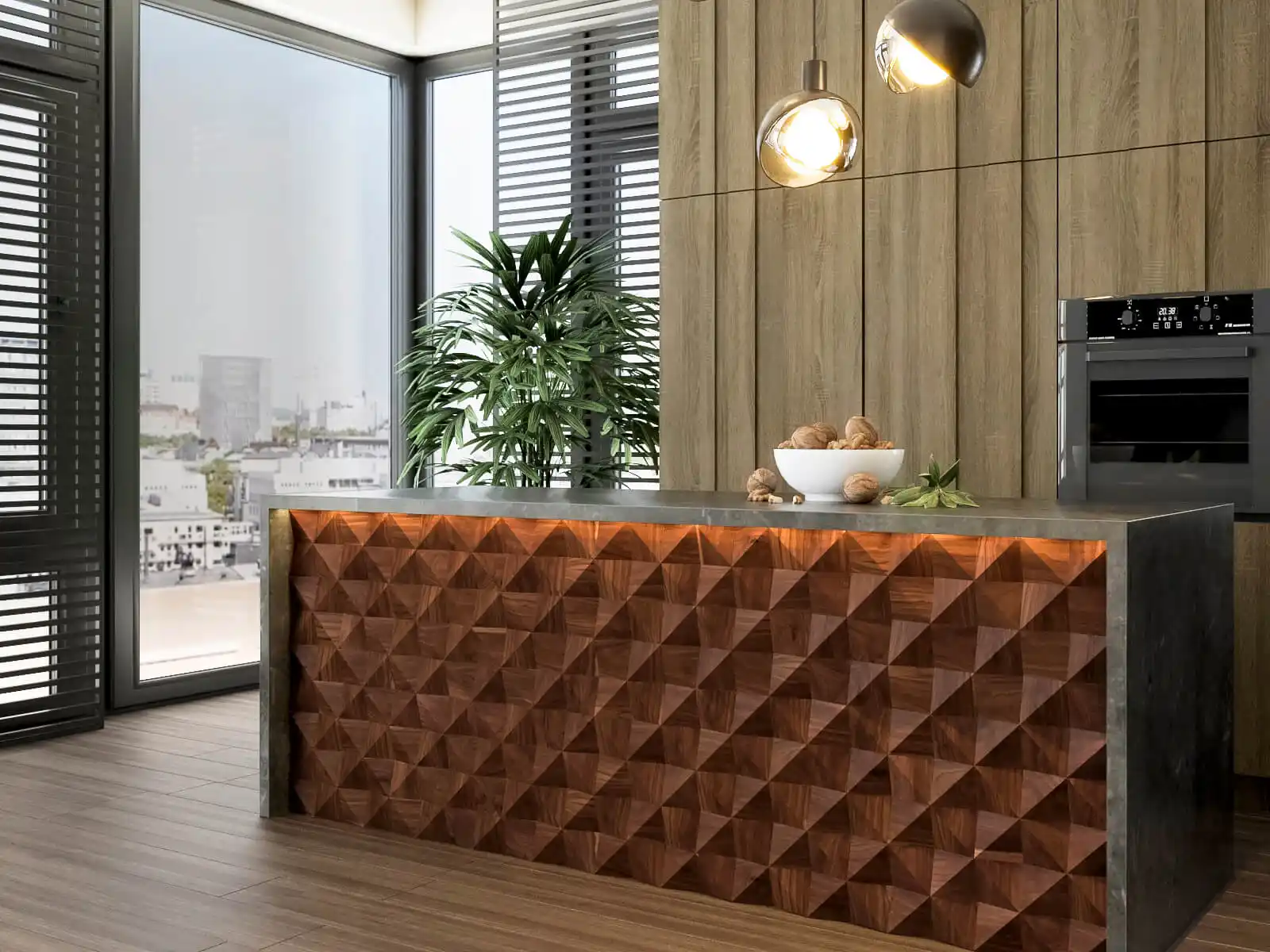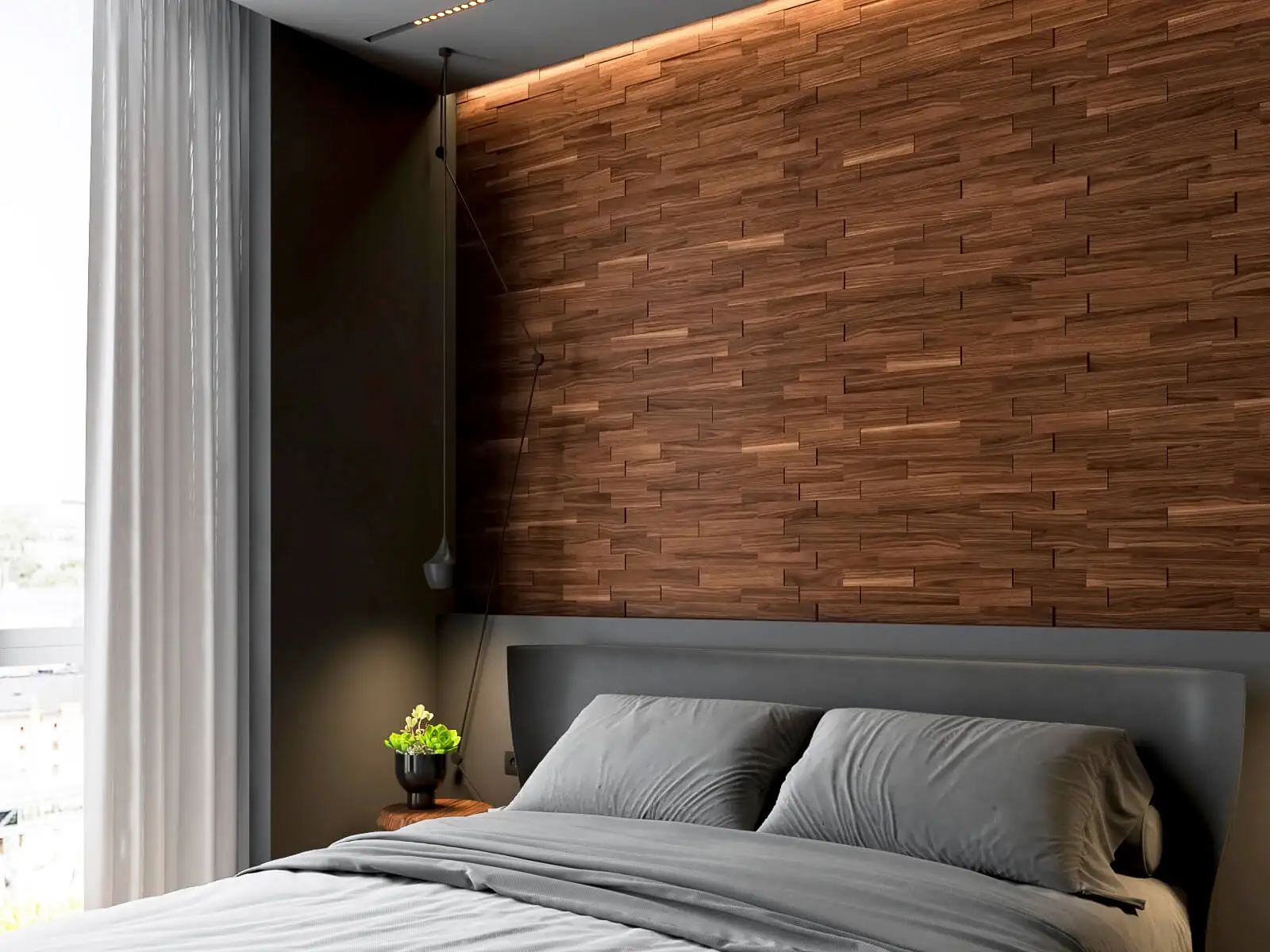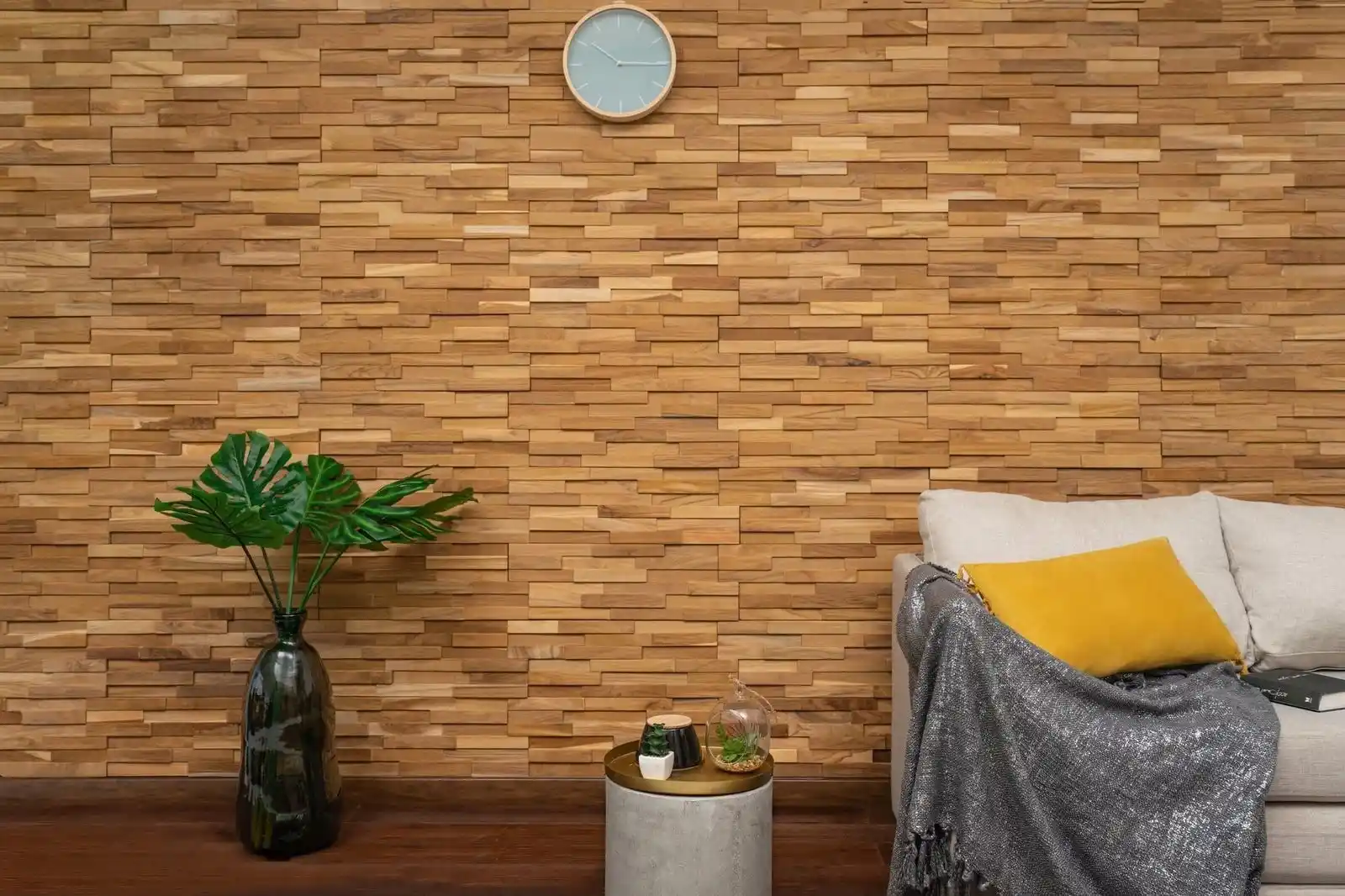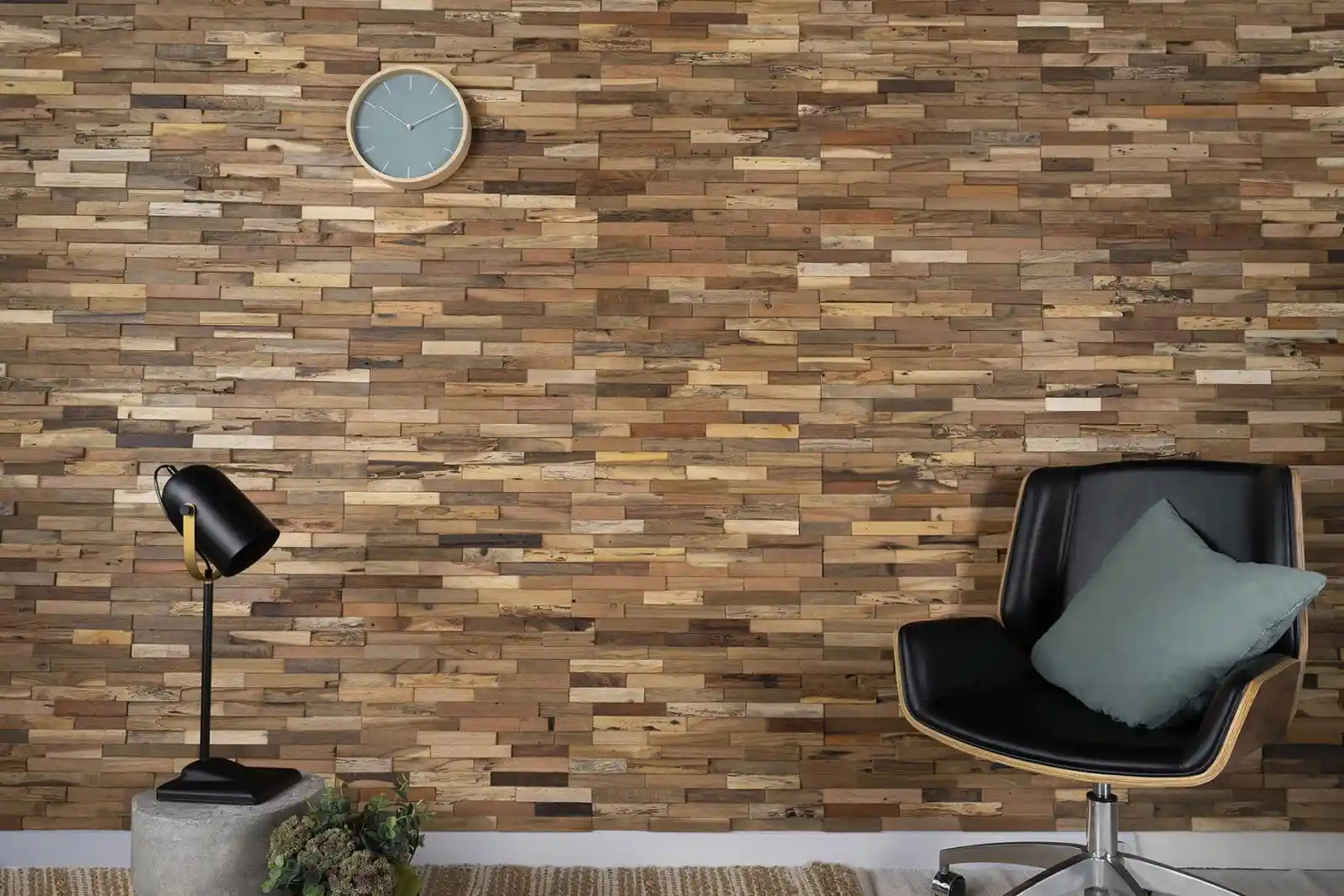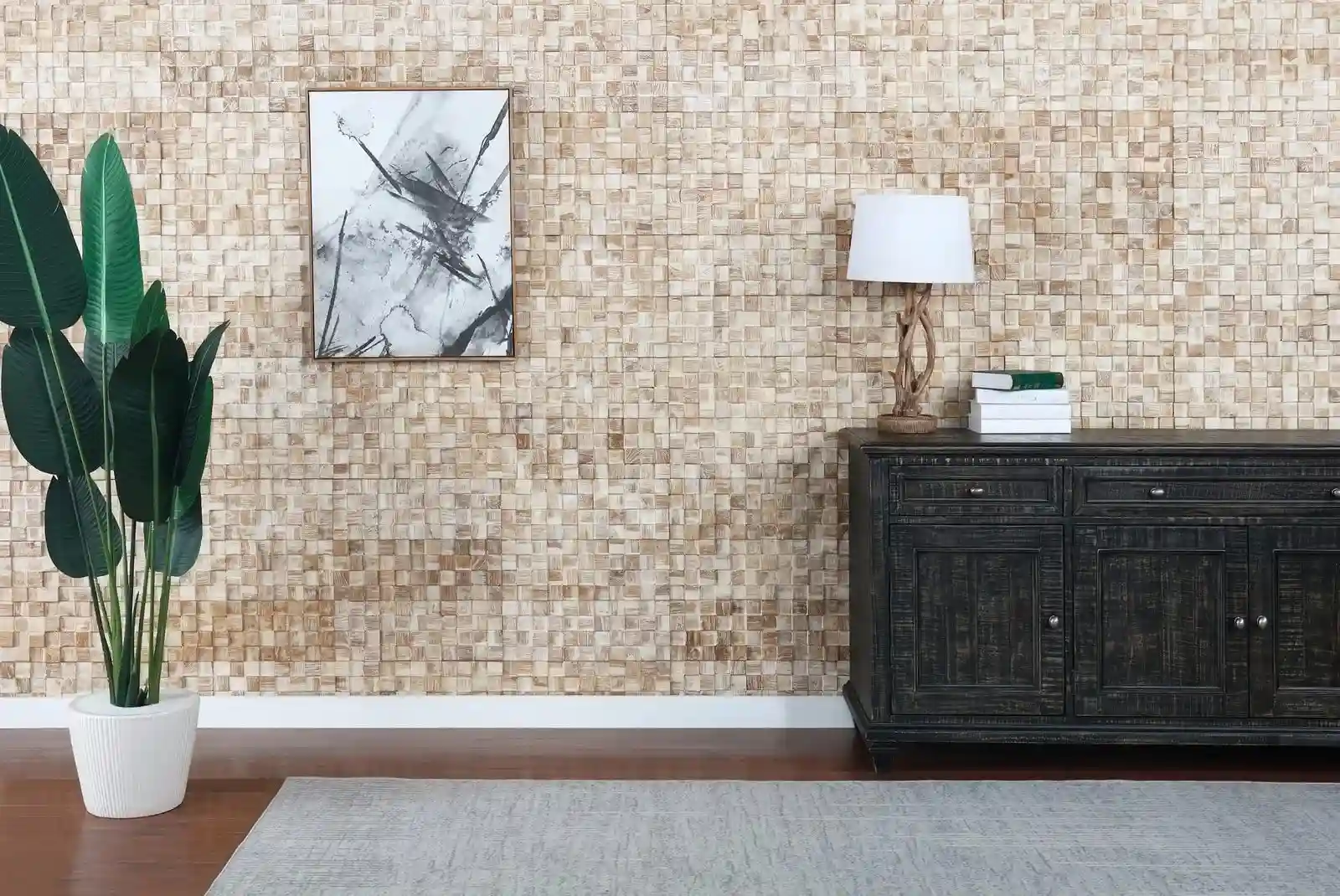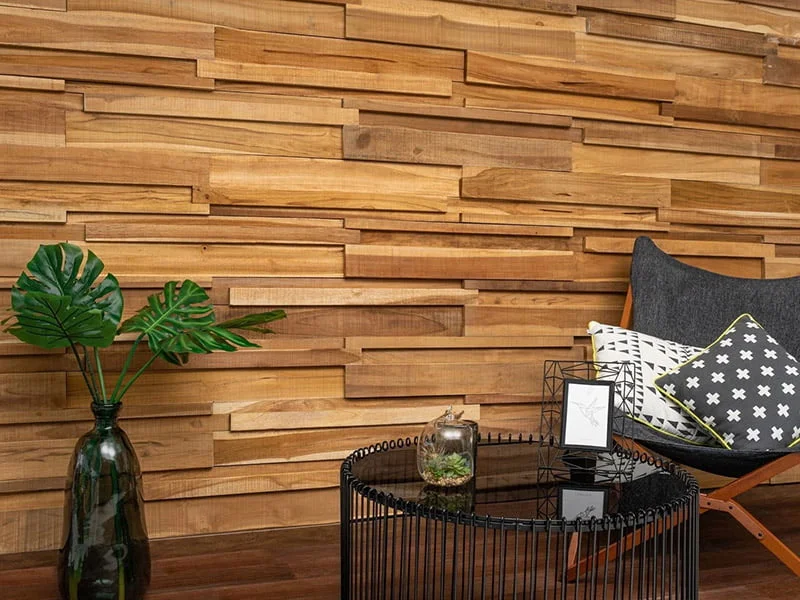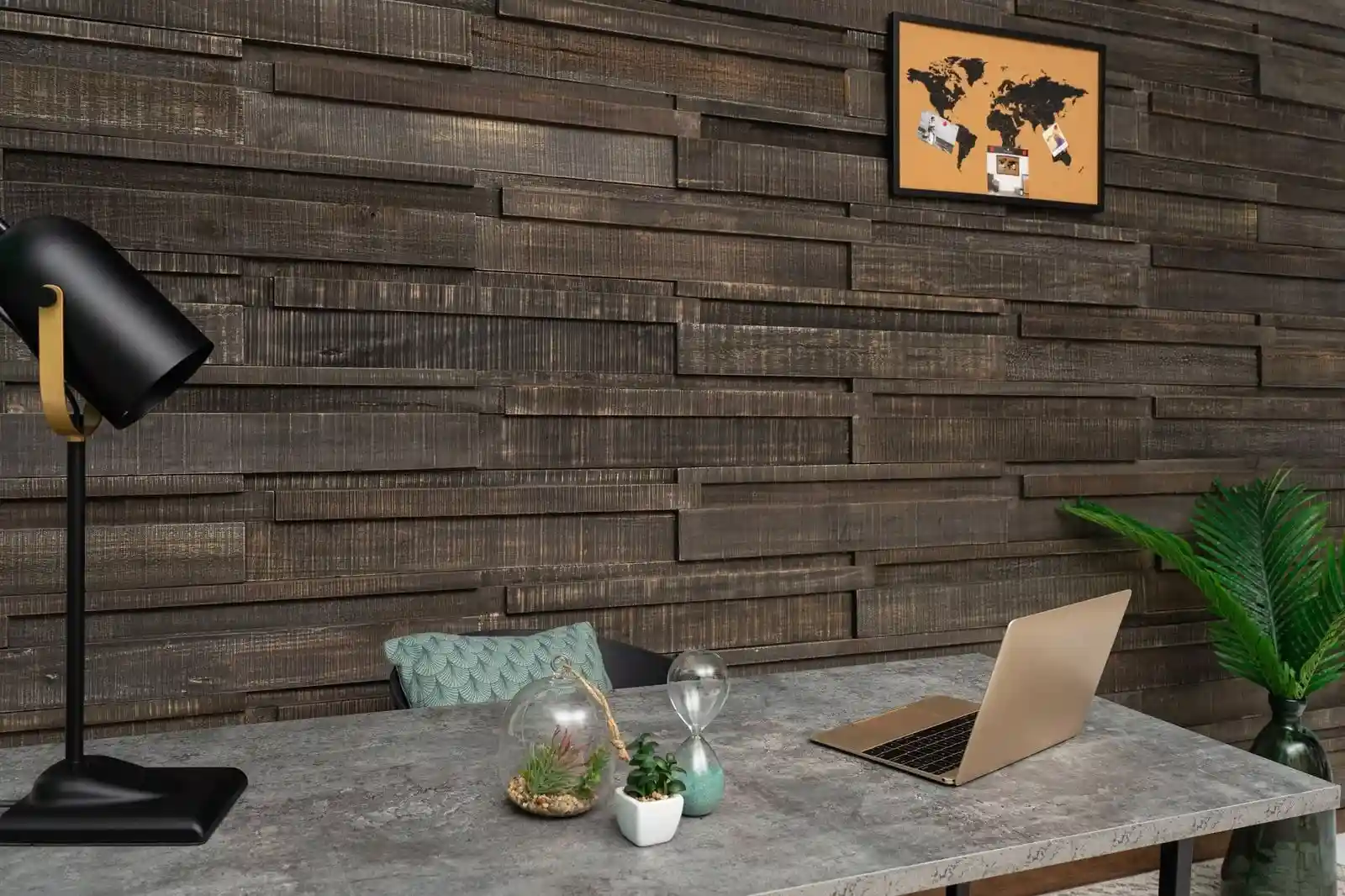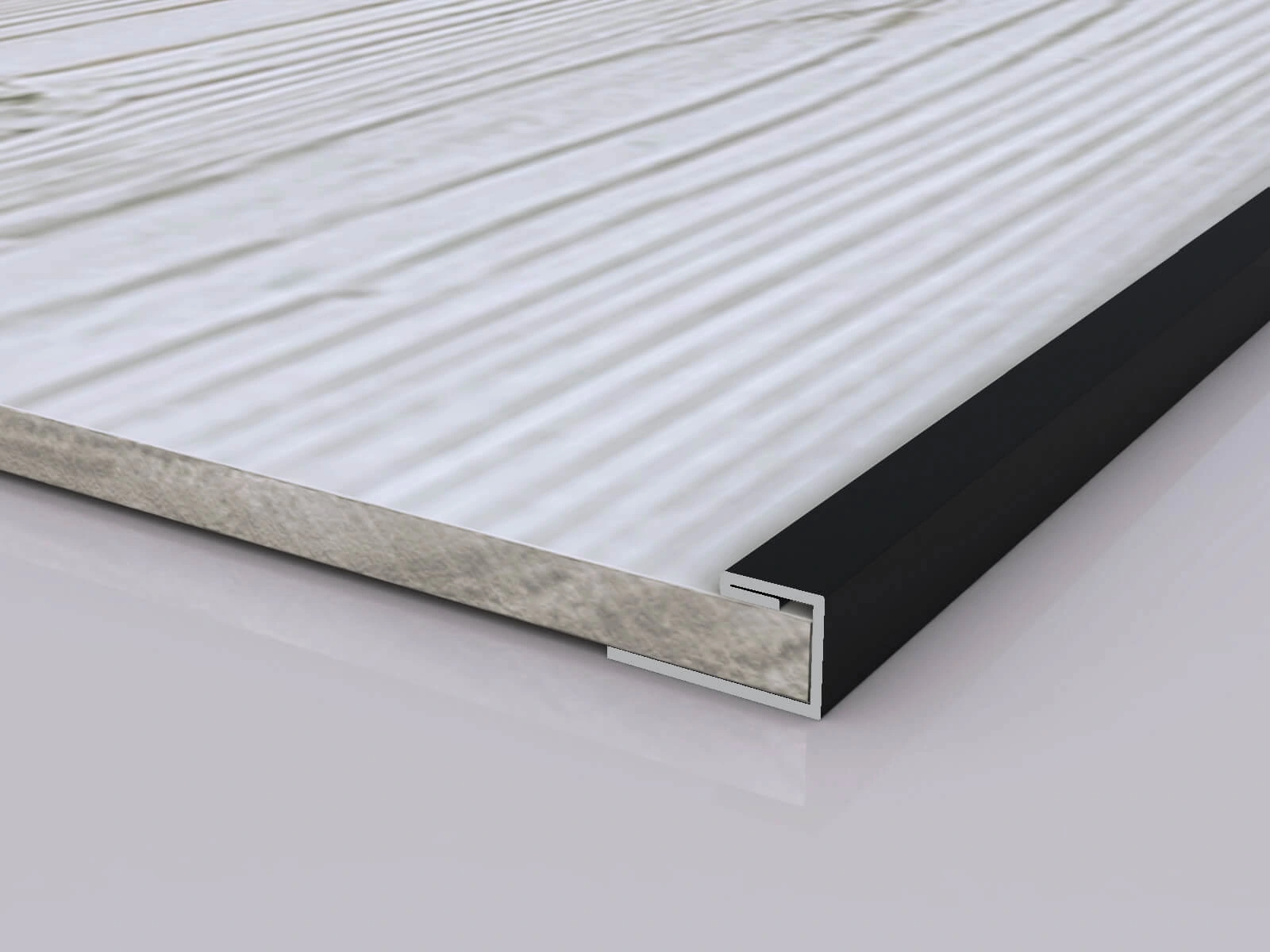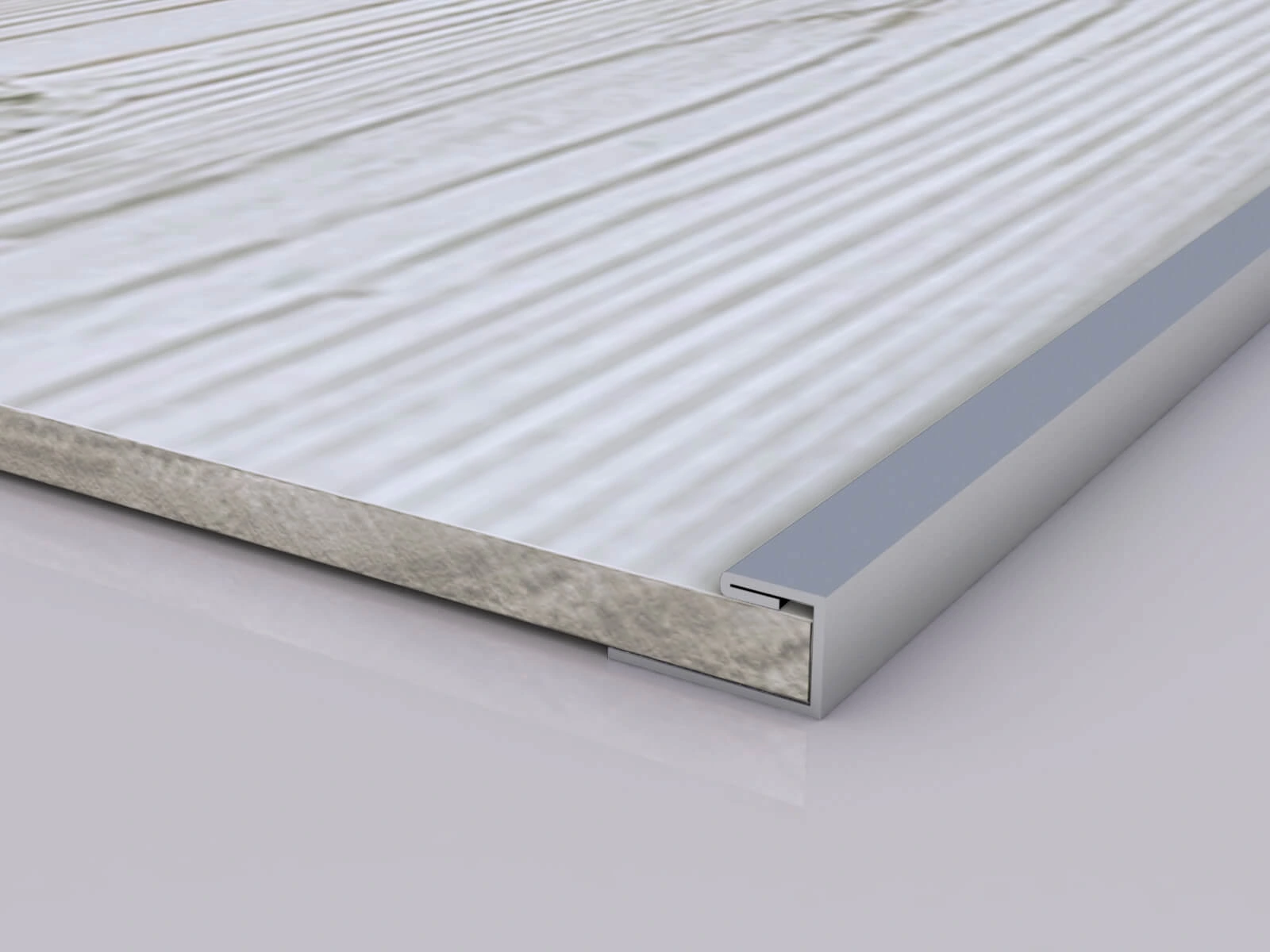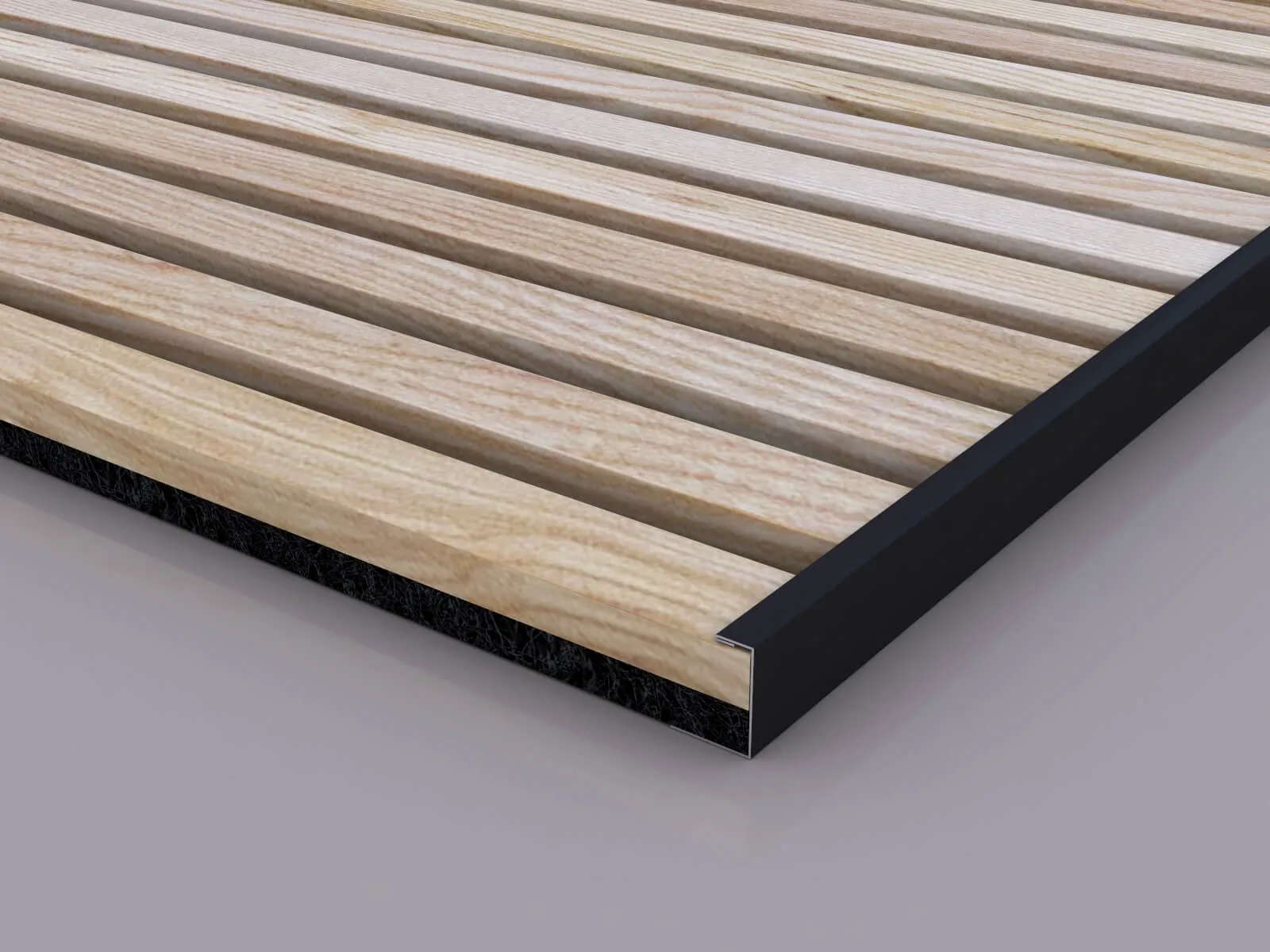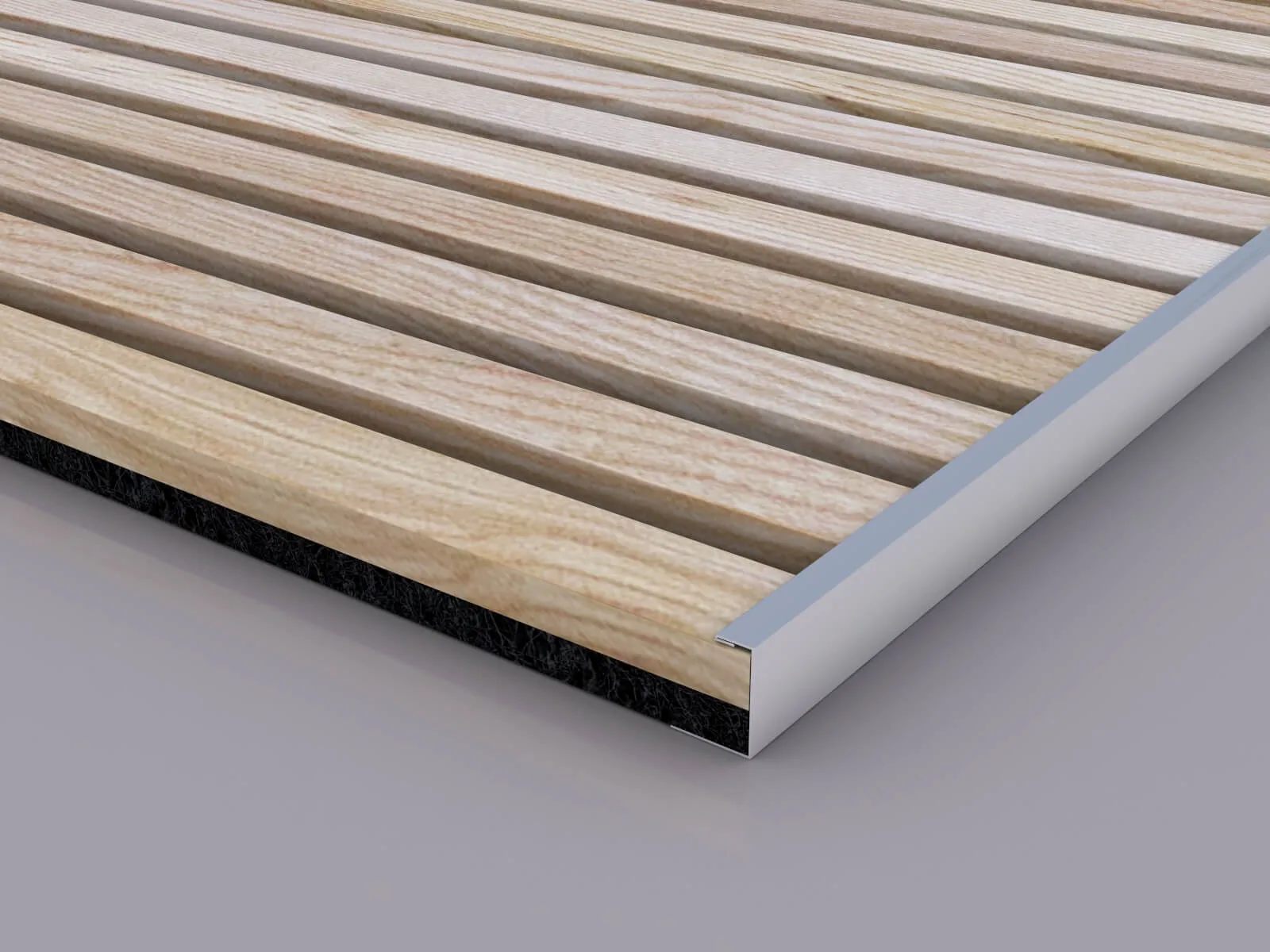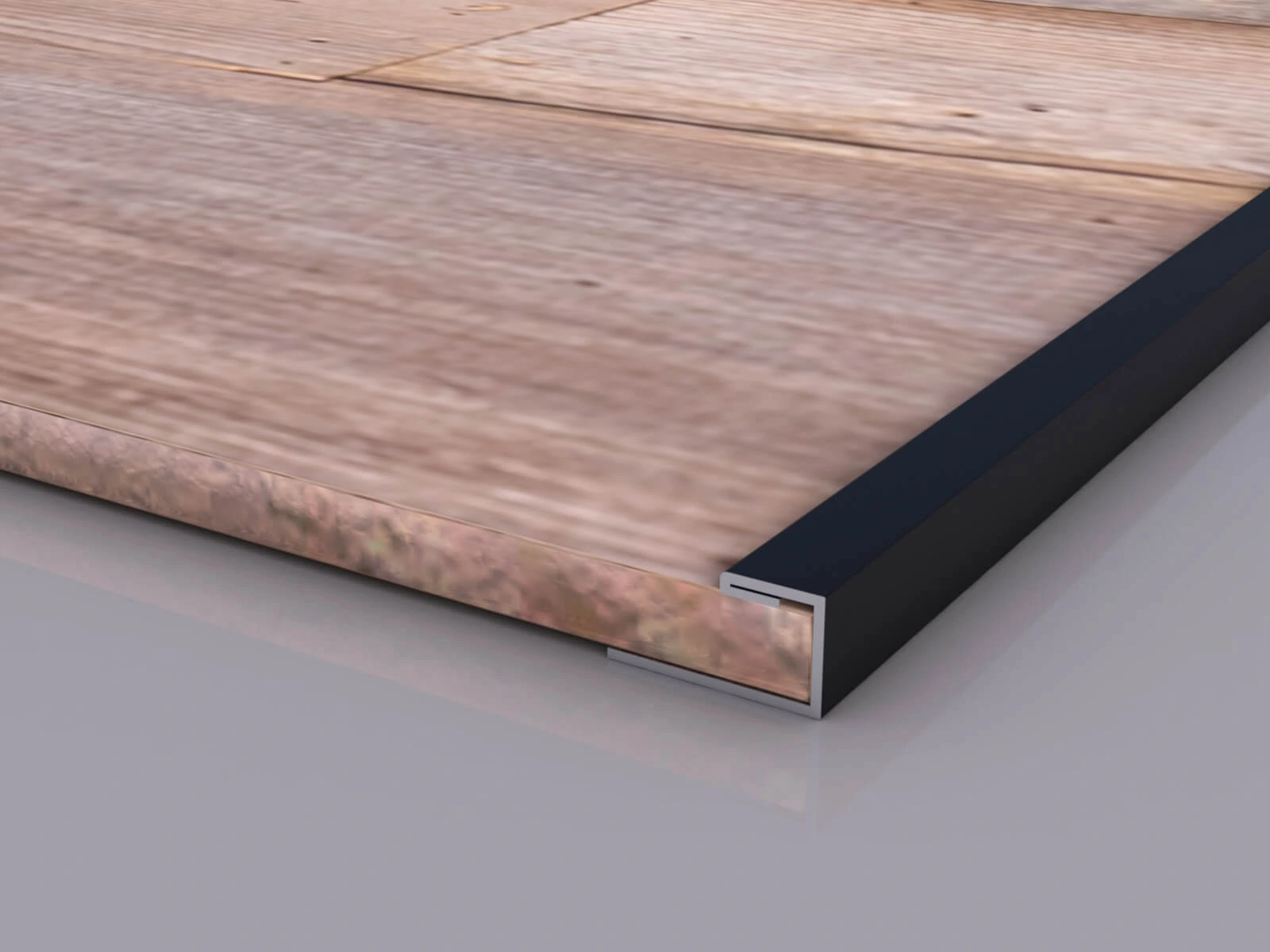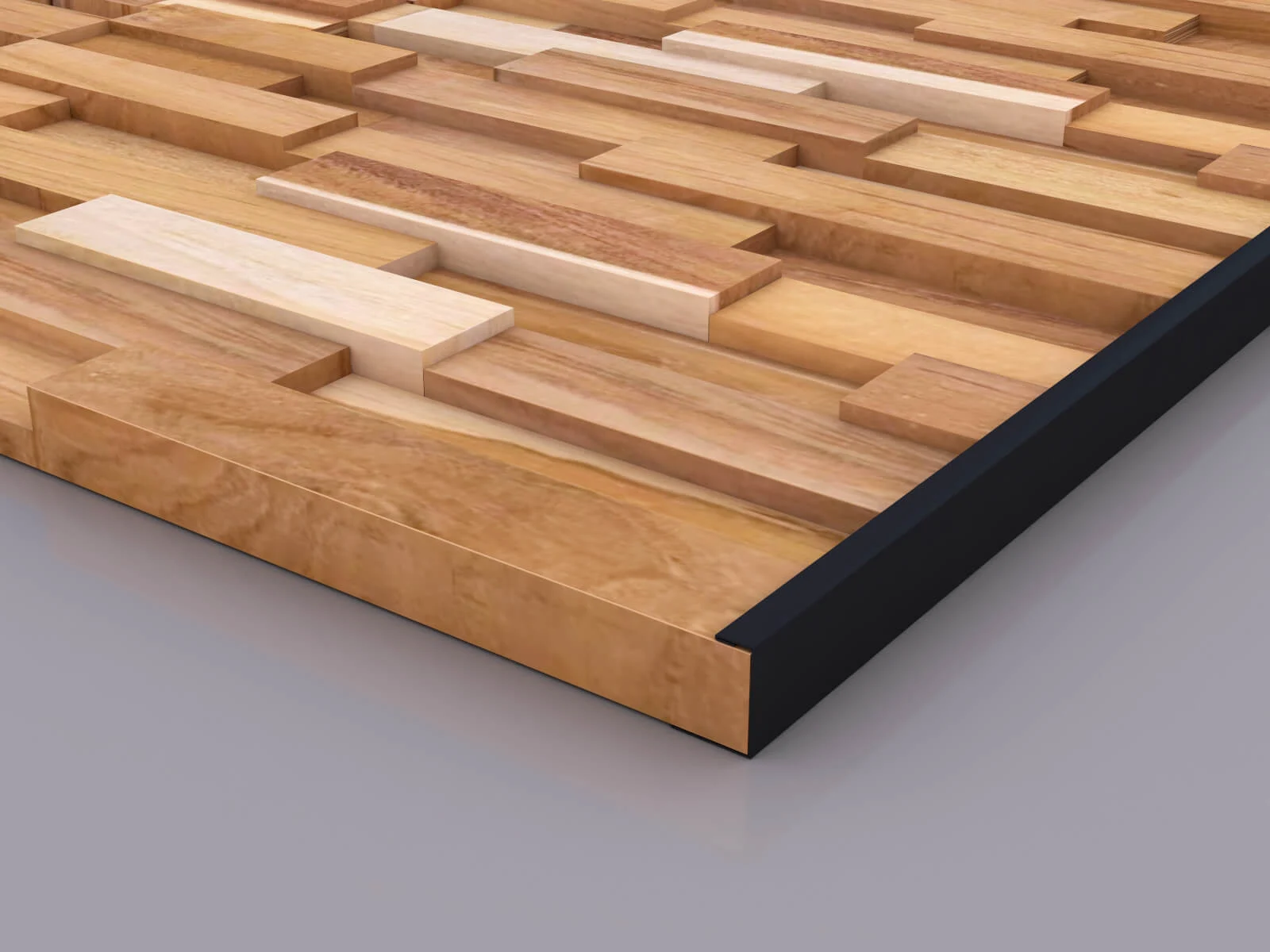MDF vs Wood: What are the Differences?
The debate between MDF and wood is a key consideration in furniture and construction projects. Each material has its advantages and drawbacks, making it essential for DIYers and professionals alike to understand their differences to ensure durability and aesthetics.
In this article, we’ll explore the characteristics of MDF vs wood, helping you make an informed decision about which will yield the best results in your project.
MDF vs Wood: Overview
Before comparing MDF vs wood baseboards, let’s explore the characteristics of each material!
About MDF
MDF, or medium-density fiberboard, is an engineered wood composite known for its strength and durability. So that cutting it with a table saw can be challenging due to its dense composition.
Is MDF real wood?
Not exactly. While MDF is made from wood fibers, it is not solid wood. Instead, it’s a manufactured material created by compressing wood fibers with resin and wax under high pressure.
MDF is often confused with particleboard, but the two are quite different. Unlike particleboard, which contains visible gaps between wood chips and is less sturdy, MDF has a smooth, uniform structure, making it stronger and more durable. Thanks to its ability to support weight without warping, MDF is commonly used in dressers, bookshelves, and media cabinets.
Although not all engineered wood composites are high-quality and reasonably priced, MDF’s density and strength are advantageous in some situations.
About Wood
Solid wood is a natural source divided into 2 categories: softwood and hardwood.
High-end furniture usually features hardwood trees, which yield thicker, deeper wood. Conversely, softwoods, which are frequently utilized as backing or inner case items, are less robust and dense. Hardwoods include, for example, Birch, Ash, Walnut, Maple, Oak, and Cherry. Furniture is made from softwoods, including pine, poplar, acacia, and rubberwood.
On the other hand, plywood, often known as engineered wood, is made out of alternating strips of wood bonded together in layers. It has three to nine layers and is available in hard and softwood varieties. The cost of plywood increases with its strength.

7 Differences between MDF vs Wood
Understanding the differences between MDF vs Wood can help you make the right choice for your project. Here are 7 key differences to consider.
1. Weight
The first thing to mention when comparing MDF baseboards to wood baseboards is their weight, which is a crucial factor when choosing a material for a project.
The weight diferences between MDF vs wood baseboard depends on the wood type. Yet, MDF from Woody Wall is lighter, especially when compared with hard wood, such as oak or maple.
While MDF holds up well in walls, floors, and countertops, solid wood is ideal for large custom furniture construction. Solid wood has natural strength properties and requires less reinforcement.
2. Strength
Natural wood is more robust and long-lasting than MDF, which is prone to swelling and warping when exposed to moisture. When properly maintained, natural oak and pine planks are more resilient and can endure the test of time.
3. Aesthetics
MDF panels come with Wood Veneer, which is smoother compared with solid wood, which has a natural structure with wood grains. The material is well-suited for applications that prioritize a clean, modern appearance.
On the other hand, natural wood has a unique, authentic look with different grain patterns, knots, and color variations. Painting and staining wood planks can add personalization to your projects. Painting presents a rustic and elegant appeal, while staining enhances the depth of the wood’s grain. The material is suitable for projects where natural beauty is spotlighted, such as furniture pieces featuring walls or flooring.

4. Health Concerns
MDF may irritate the eyes, nose, and throat. Thus, when cutting or sanding these materials, wear the appropriate safety equipment, such as respirators, to protect your health.
5. Environmental Impact
MDF is a more environmentally friendly option than natural wood (except Barn Wood which is recycled wood) since it is made from recycled wood fibers and doesn’t require tree cutting. Yet, its manufacturing process can release toxic gases.
6. Workability
Unlike natural wood, which requires specific tools and knowledge, MDF is simpler to cut and shape and is less likely to split or crack when drilled or screwed into.
Comparison Table
| Features | MDF | Wood |
|---|---|---|
| Weight | Lighter | Heavier
Less reinforcement needed |
| Strength | Less durable
Prone to swelling and warping with moisture exposure. |
More durable and stronger
Can be resilient with proper maintenance |
| Aesthetics | Smooth, uniform appearance, ideal for painting. | Unique, natural look with distinct grain patterns and color variations. |
| Health concern | Risk of eye, nose, and throat irritation
No VOCs |
Less irritating
No VOCs |
| Environmental Impact | Does not require cutting down trees since it’s made from recycled fibers
May produce toxic gases during manufacturing process |
May have negative impact on forests due to natural wood harvesting
Yet, barn wood, made from recycled sources, is an eco-friendly option. |
| Workability | Easier to cut, shape, and drill
Less likely to split or crack. |
Requires more specialized tools and techniques |
MDF vs Wood: Which Should You Choose?
After comparing MDF vs wood baseboard, it’s important to understand the ideal cases for using each material.
When to Use MDF?
This versatile material can be used in many furniture, including:
- Shelves: Shelves from MDF are often seen since they are simple to cut, shape, and sustain large weights without drooping.
- Cabinet construction: MDF is a sturdy, long-lasting material that doesn’t bend or split, which makes it perfect for cabinet construction in humid environments, such as bathrooms and kitchens.
- Bed frame: Its durability and strength make the material suitable for bed frame manufacturing.
- Tabletops: MDF is a common material for table tops since it is easy to paint, stain, or polish due to its uniformly flat texture. It is also resistant to cracking and warping.
- Wall panels: MDF wall panels are easy to install and can be finished or painted to fit any interior design.
When to Use Wood?
Wood, with its timeless beauty, is usually used for:
- Solid wood and veneer furniture: Natural woods like oak, maple, mahogany, cherry, and walnut are used to make solid wood furniture, which is renowned for its strength and beauty. On the other hand, veneer furniture enables furniture producers to employ rare or costly woods as ornamental surfaces at a lesser cost since it is composed of a thin layer of genuine wood that is attached to a substrate like MDF or plywood.
- Carving and sculpting: Wood is used for various furniture details, such as chair legs, table aprons, and decorative motifs.
- Wall panels: Reclaim wood panels are popular among homeowners due to their beauty and functionality.

WoodyWalls: Your Destination for Superior Wood Options
The MDF vs. wood debate ultimately comes down to your priorities and project needs. The best choice balances aesthetics, functionality, and cost, ensuring it meets both your style and practical requirements.
If you’re in love with the timeless beauty of wood material, WoodyWalls has various wood wall panels to transform your space. Contact us right now for more details!

